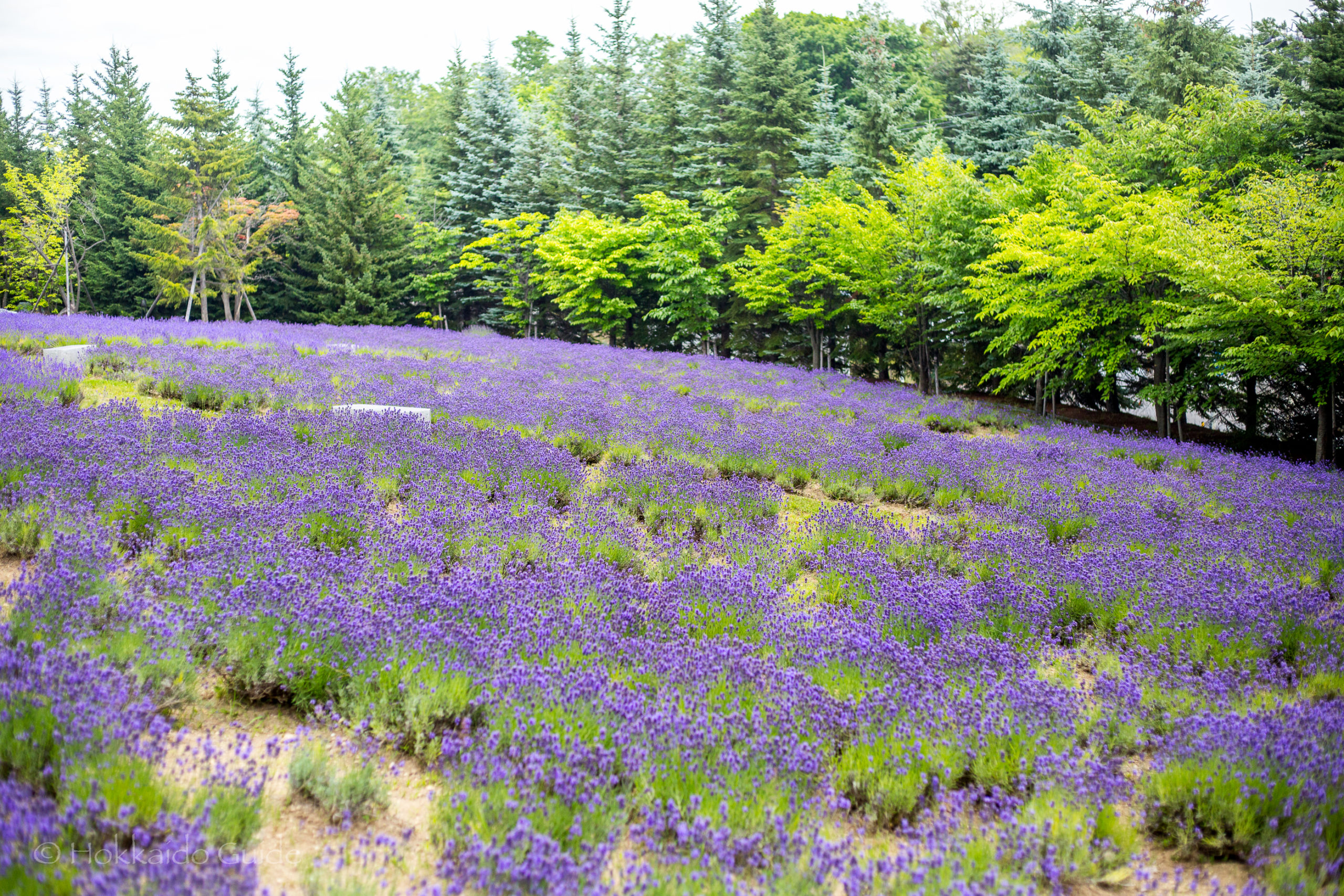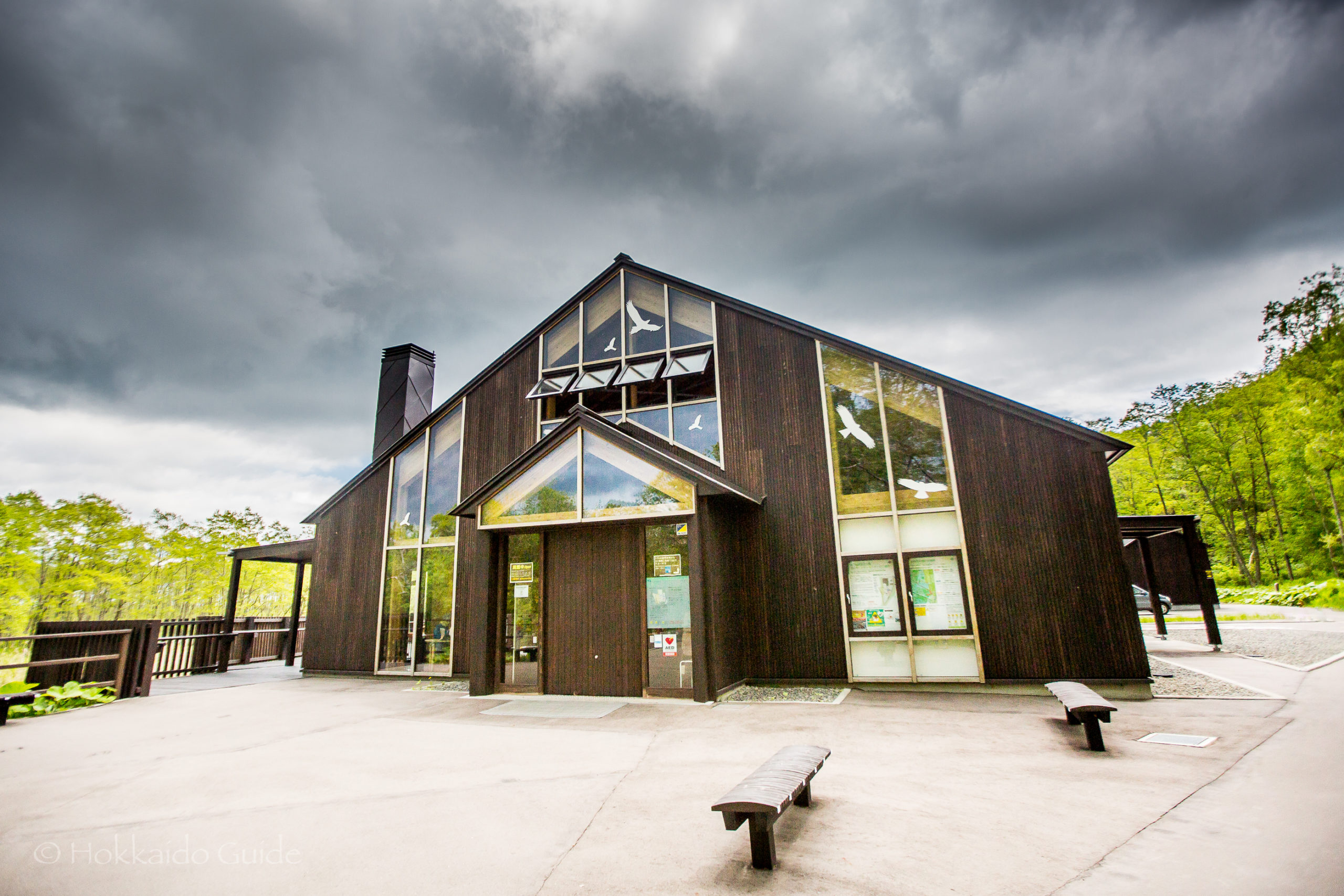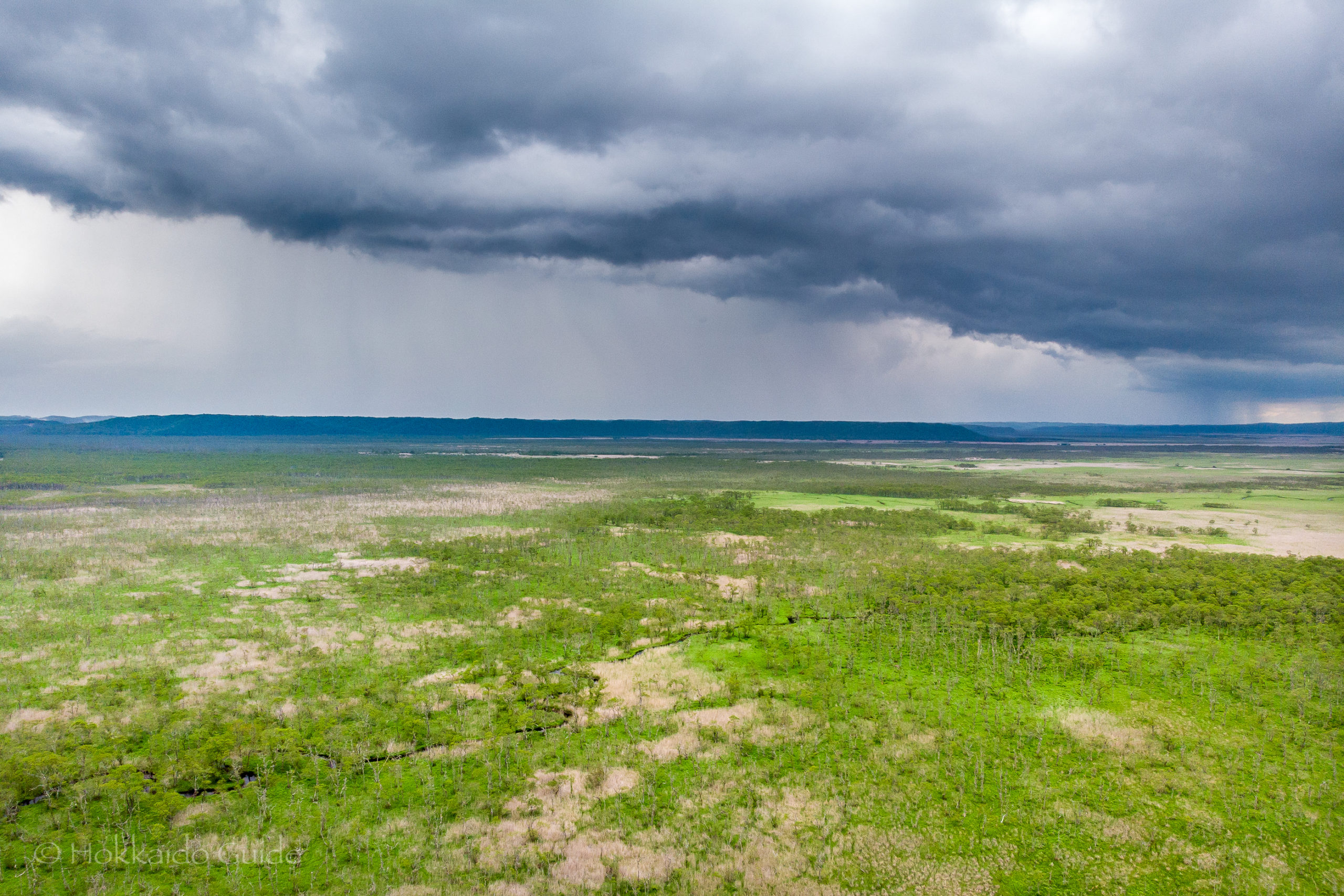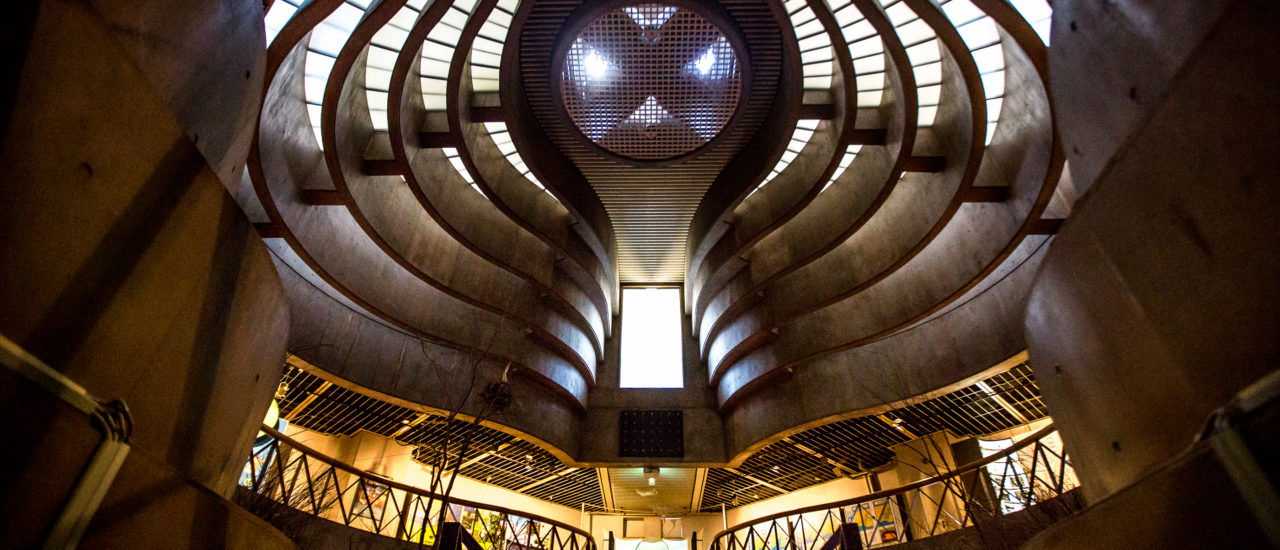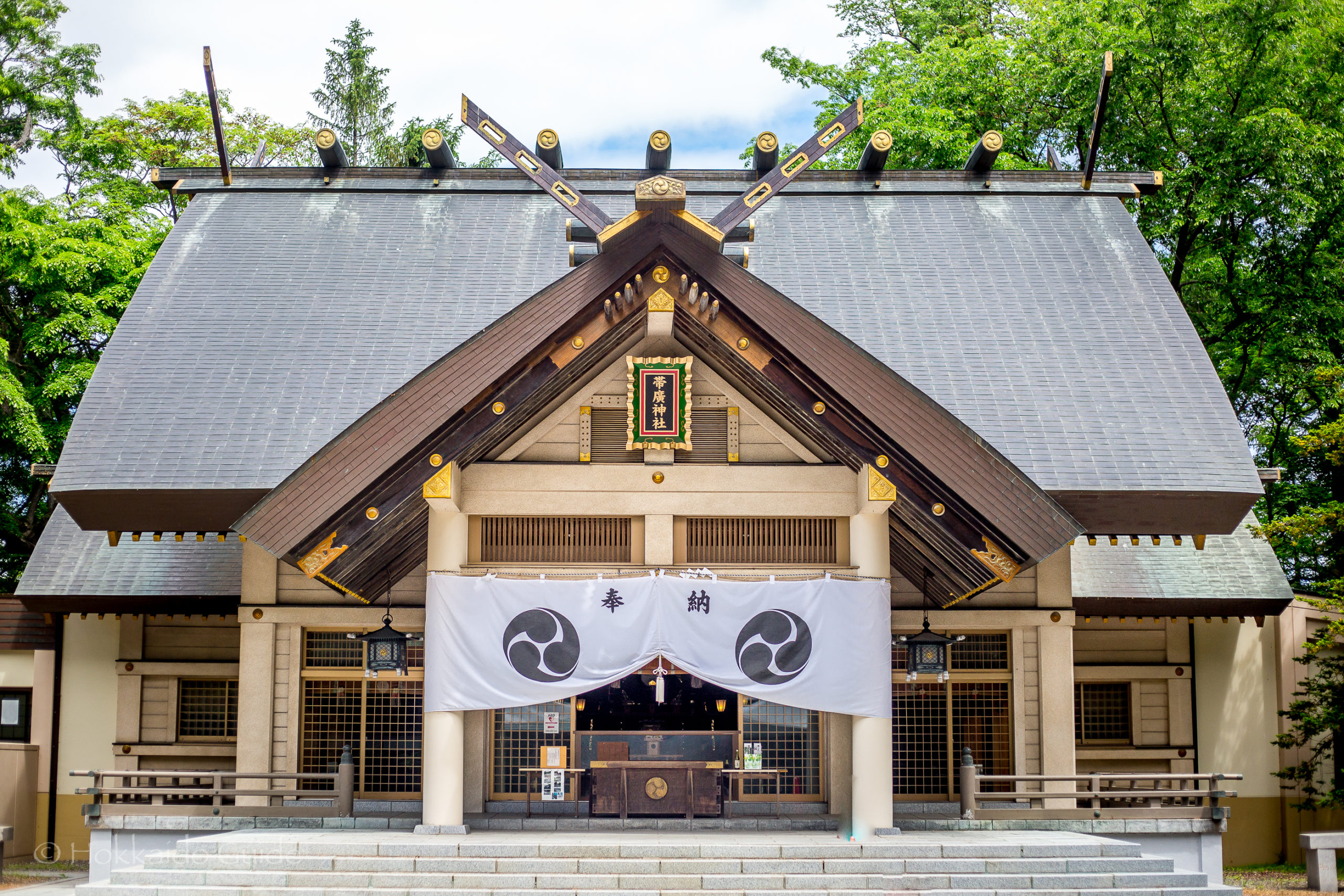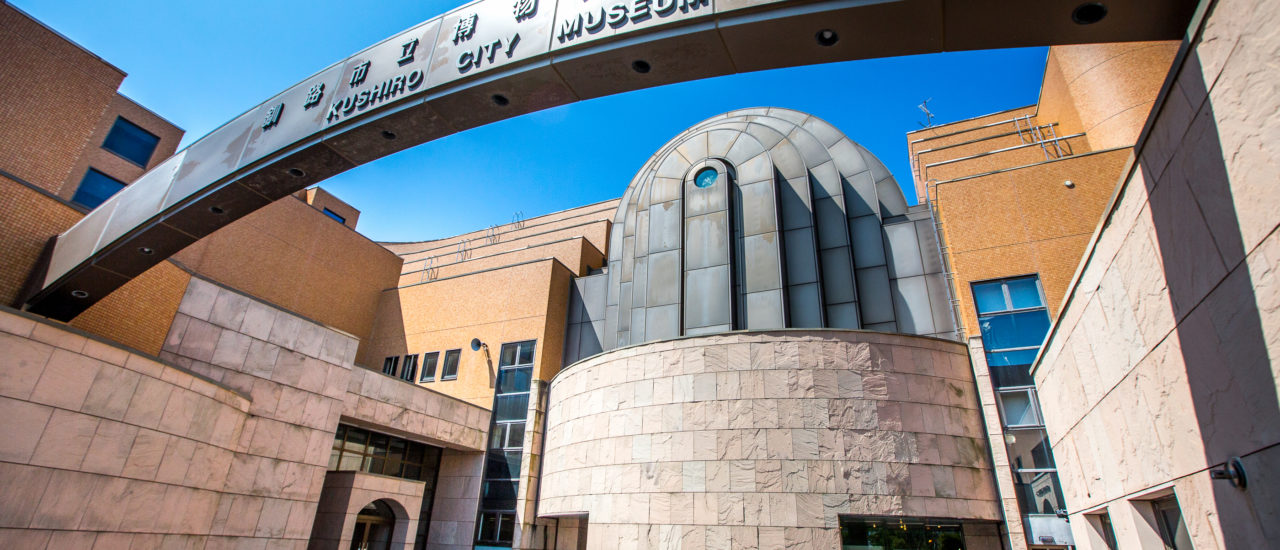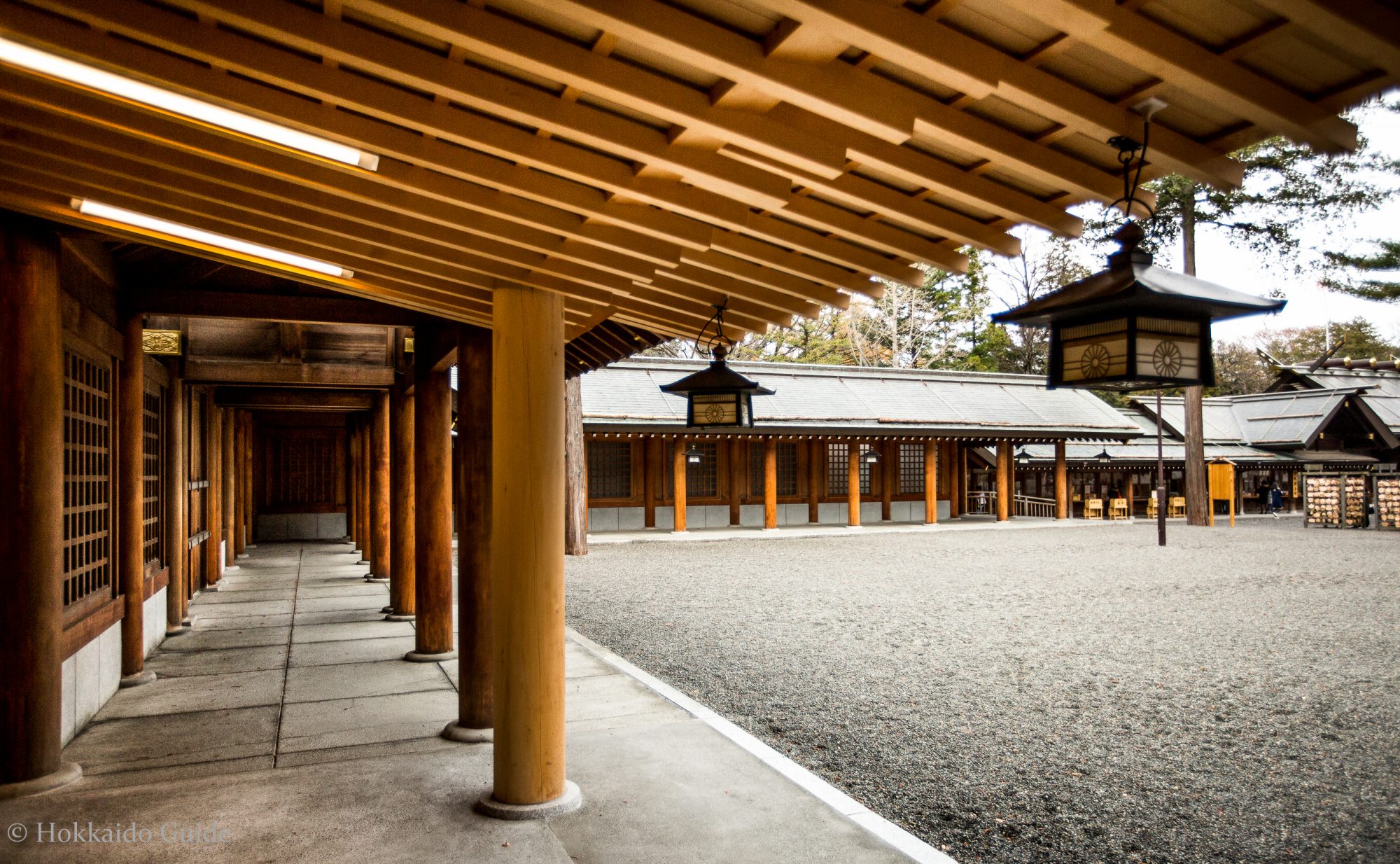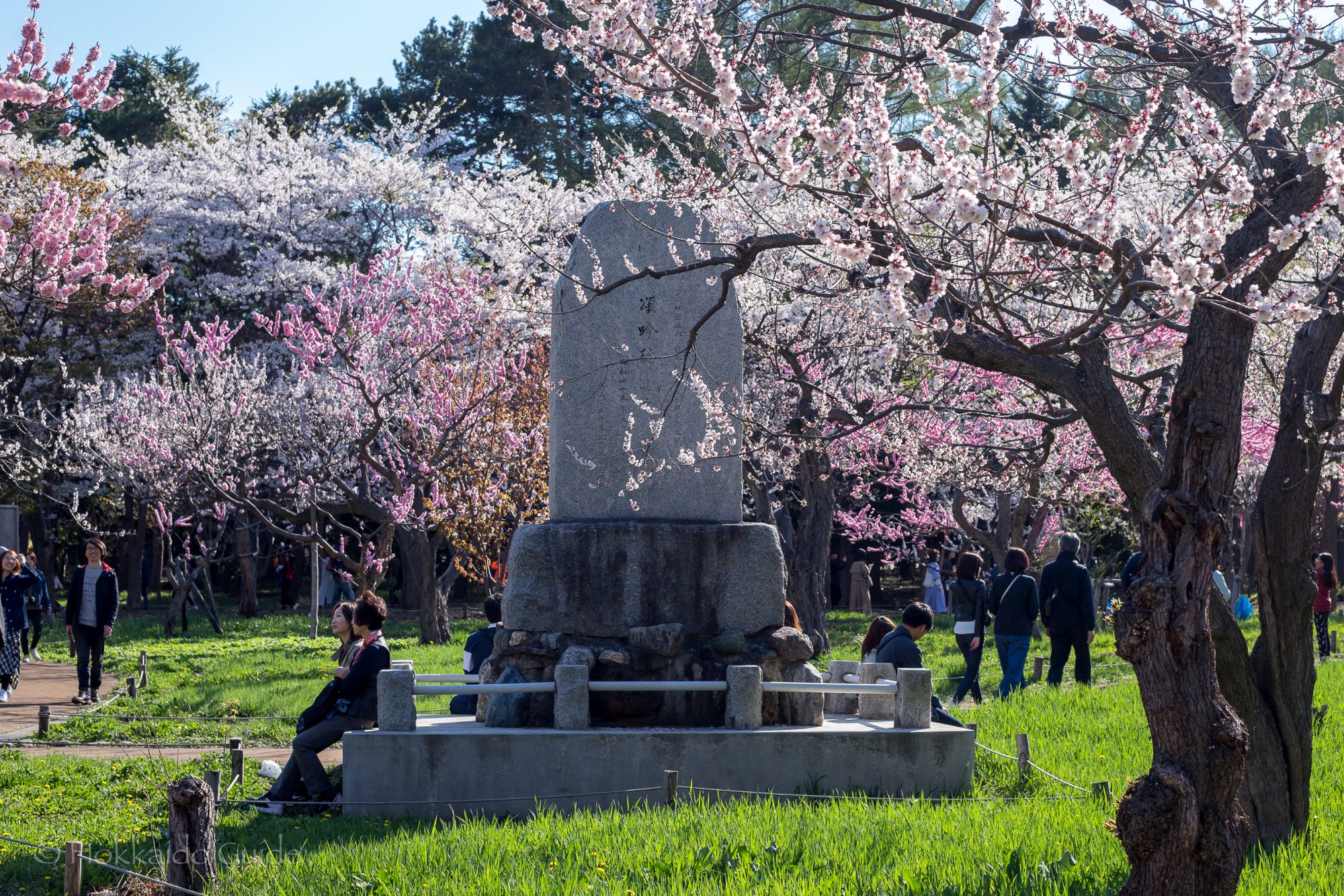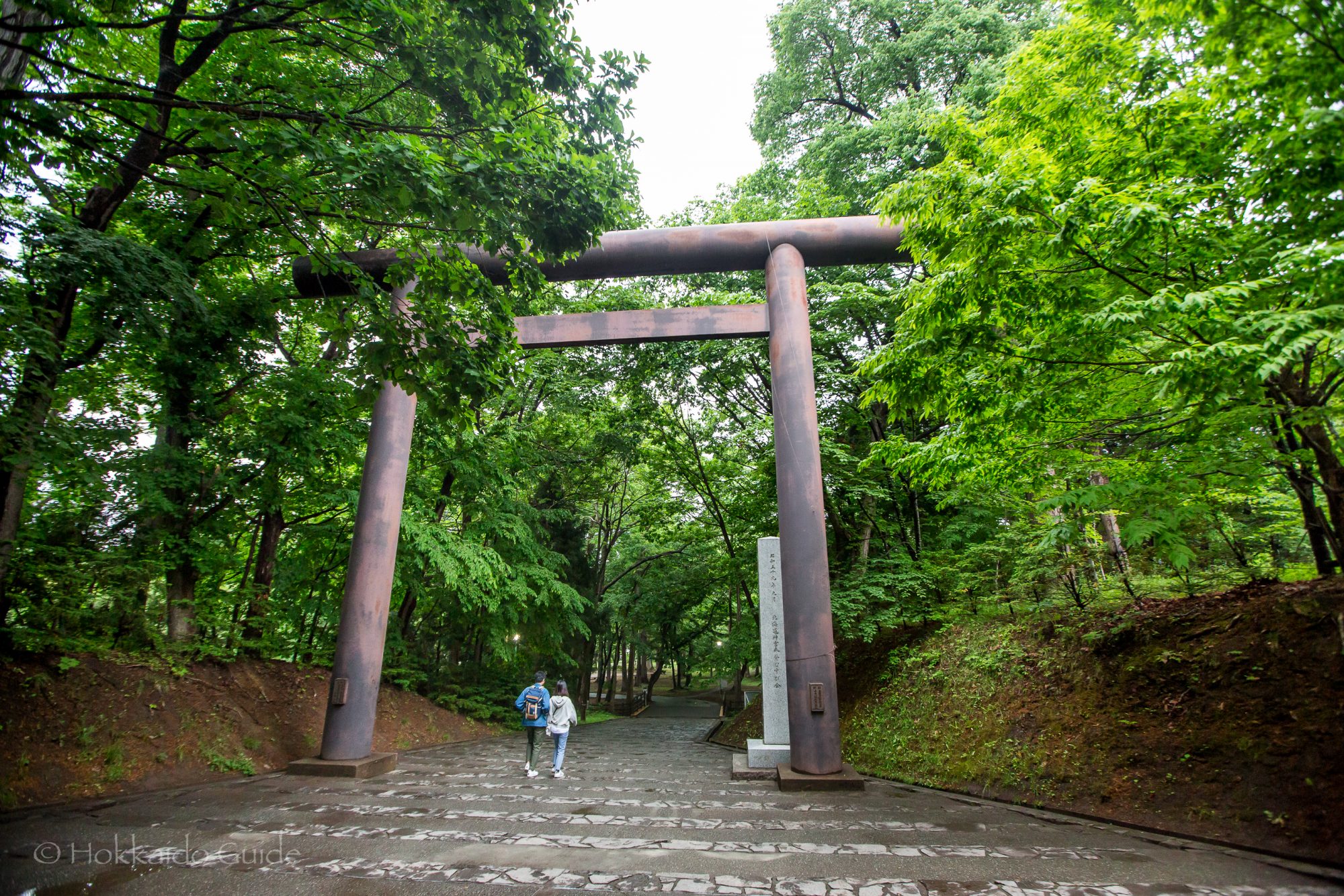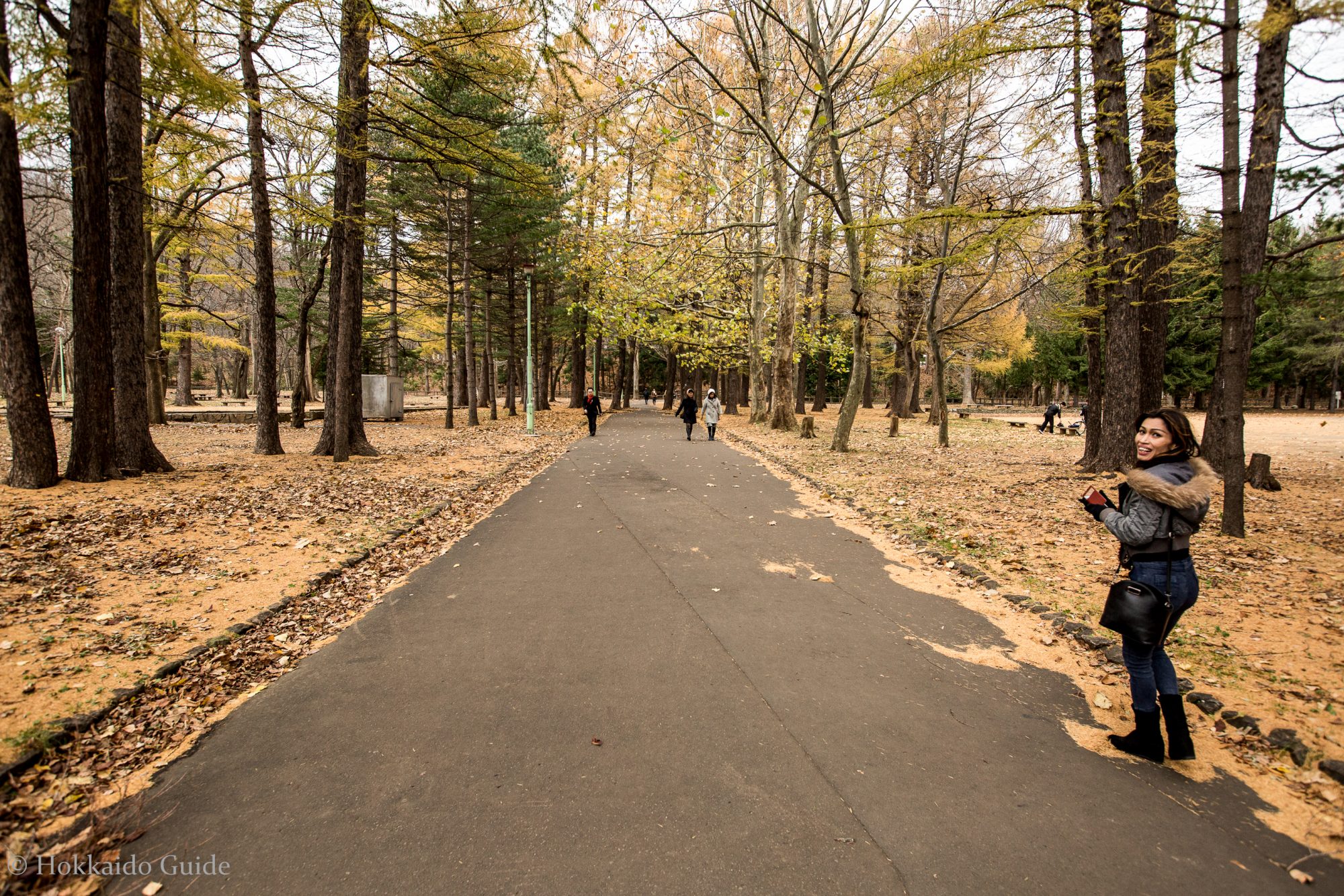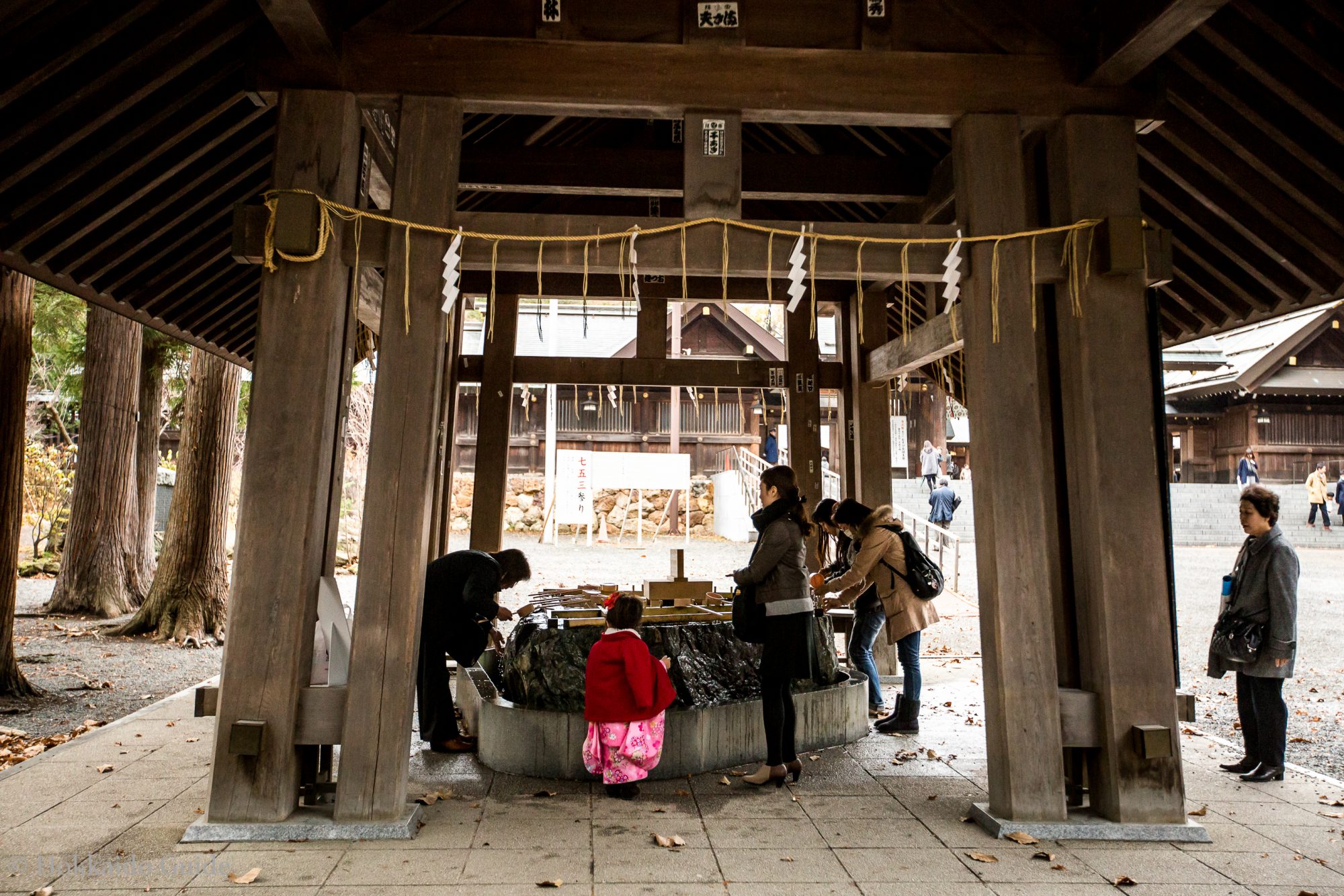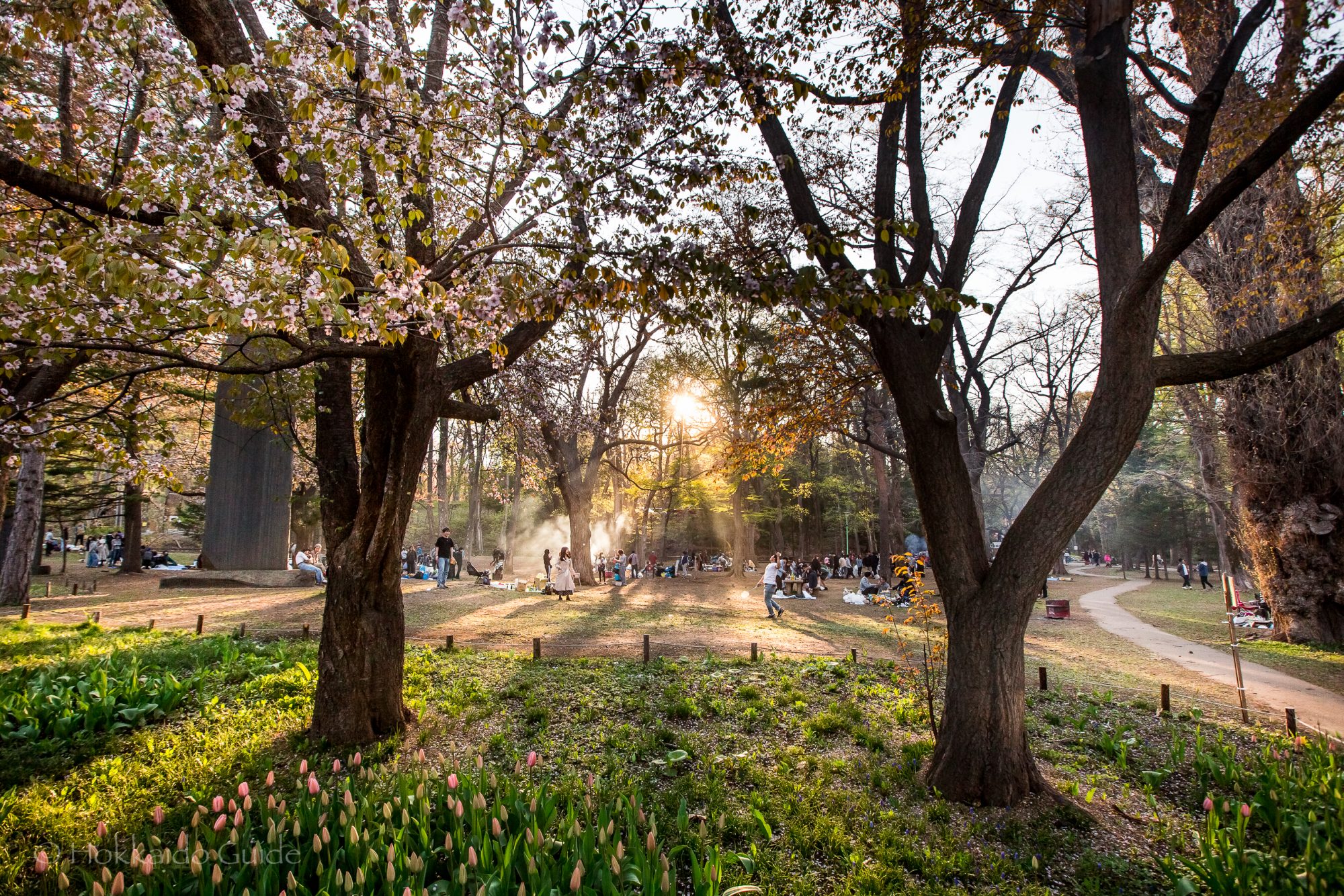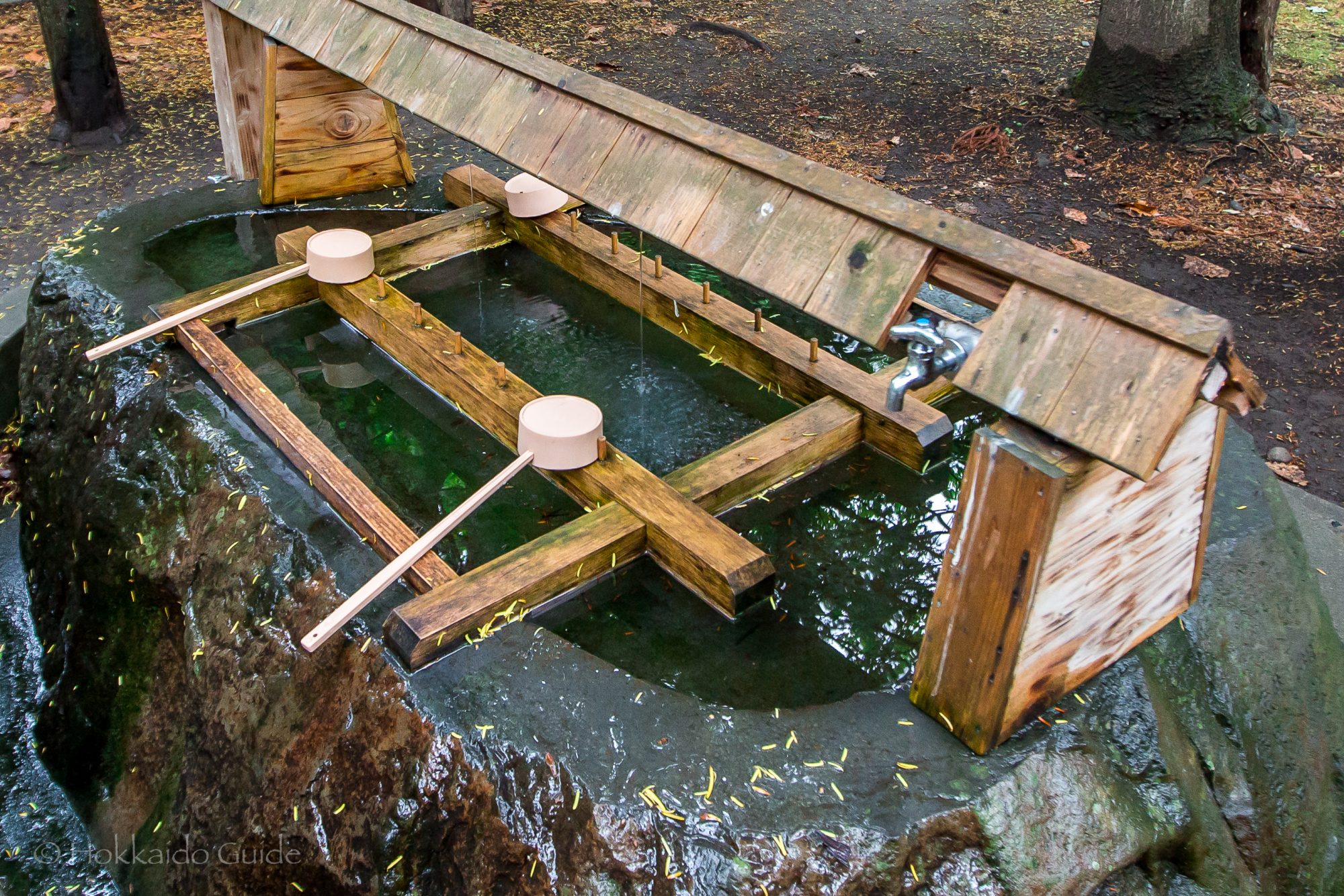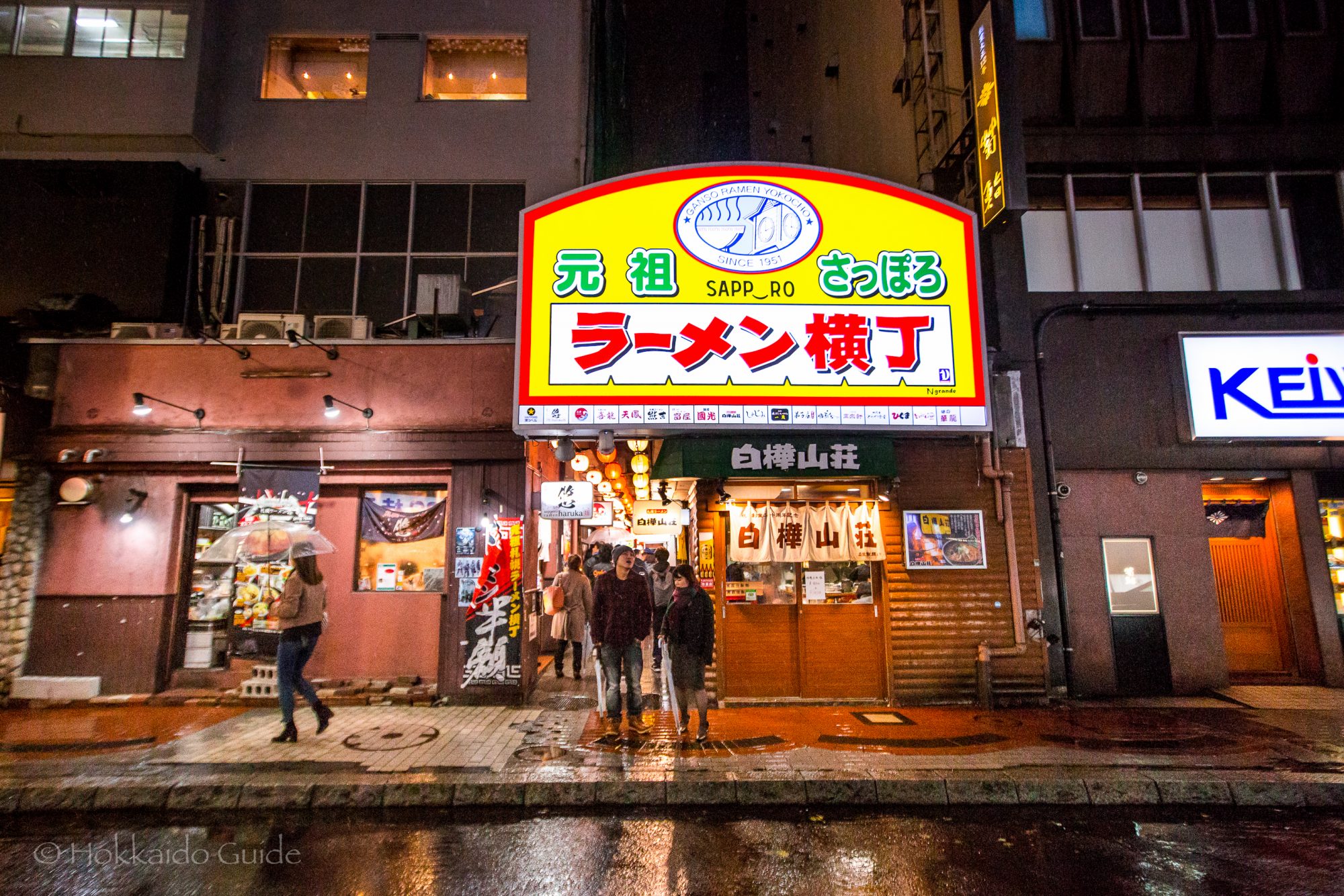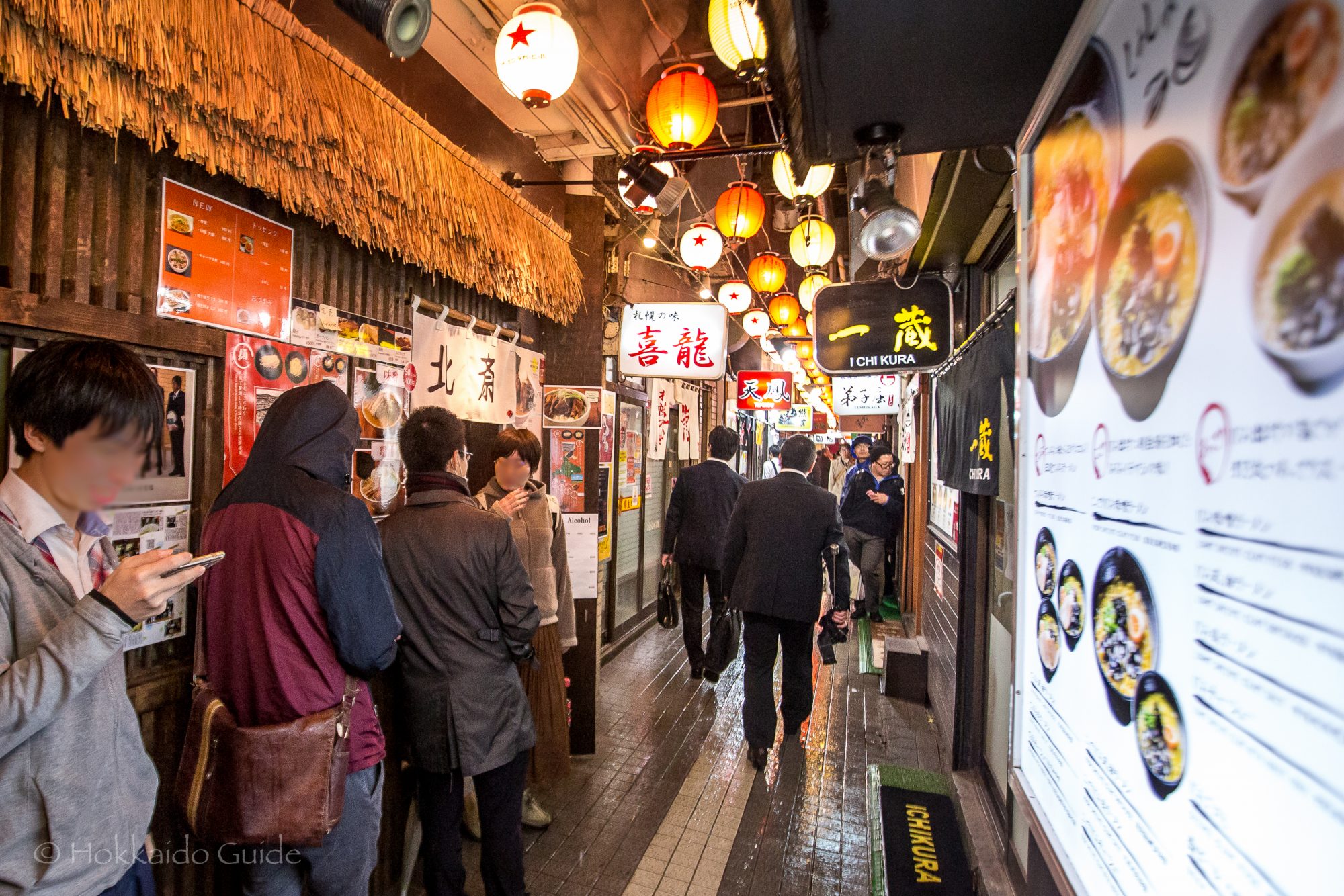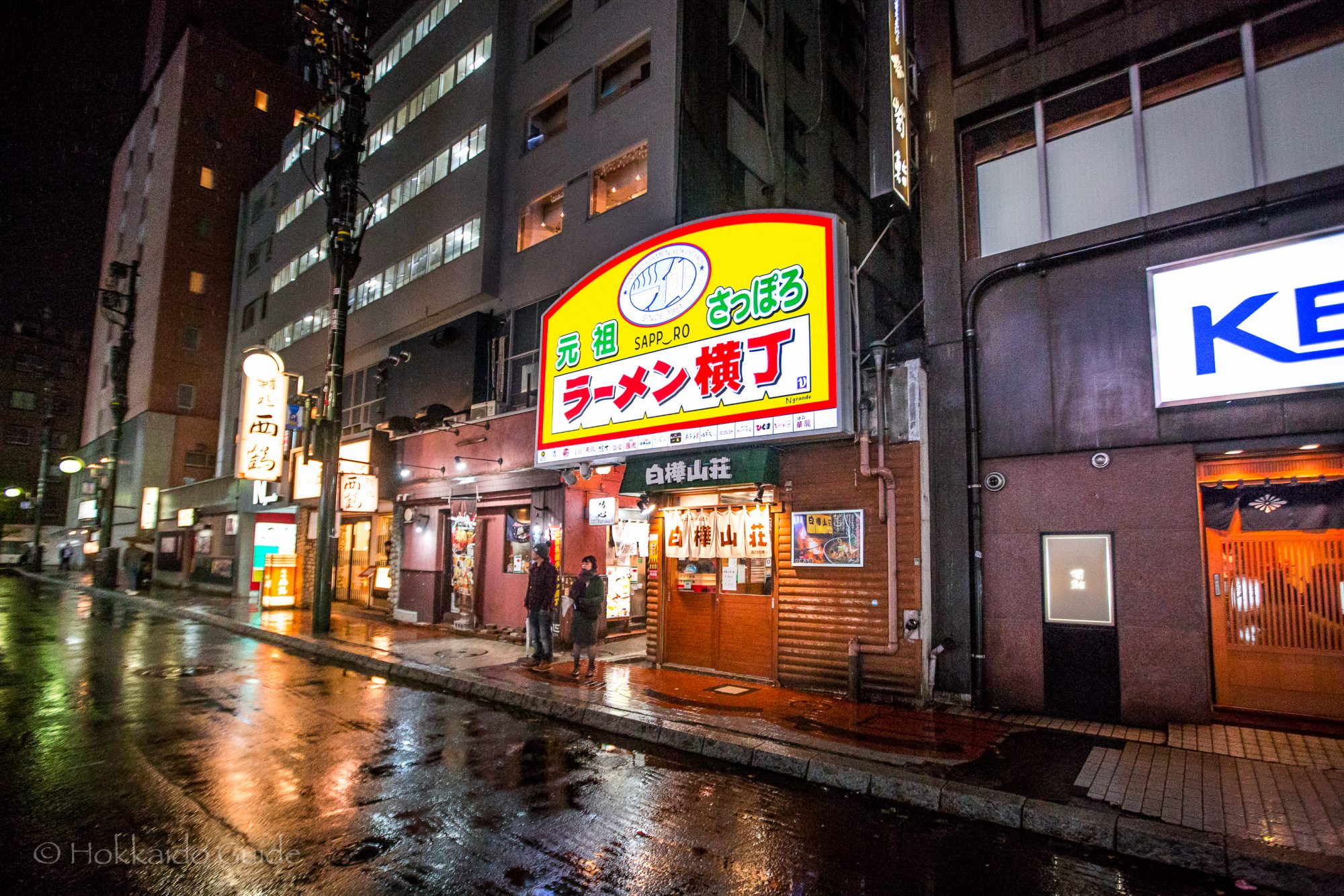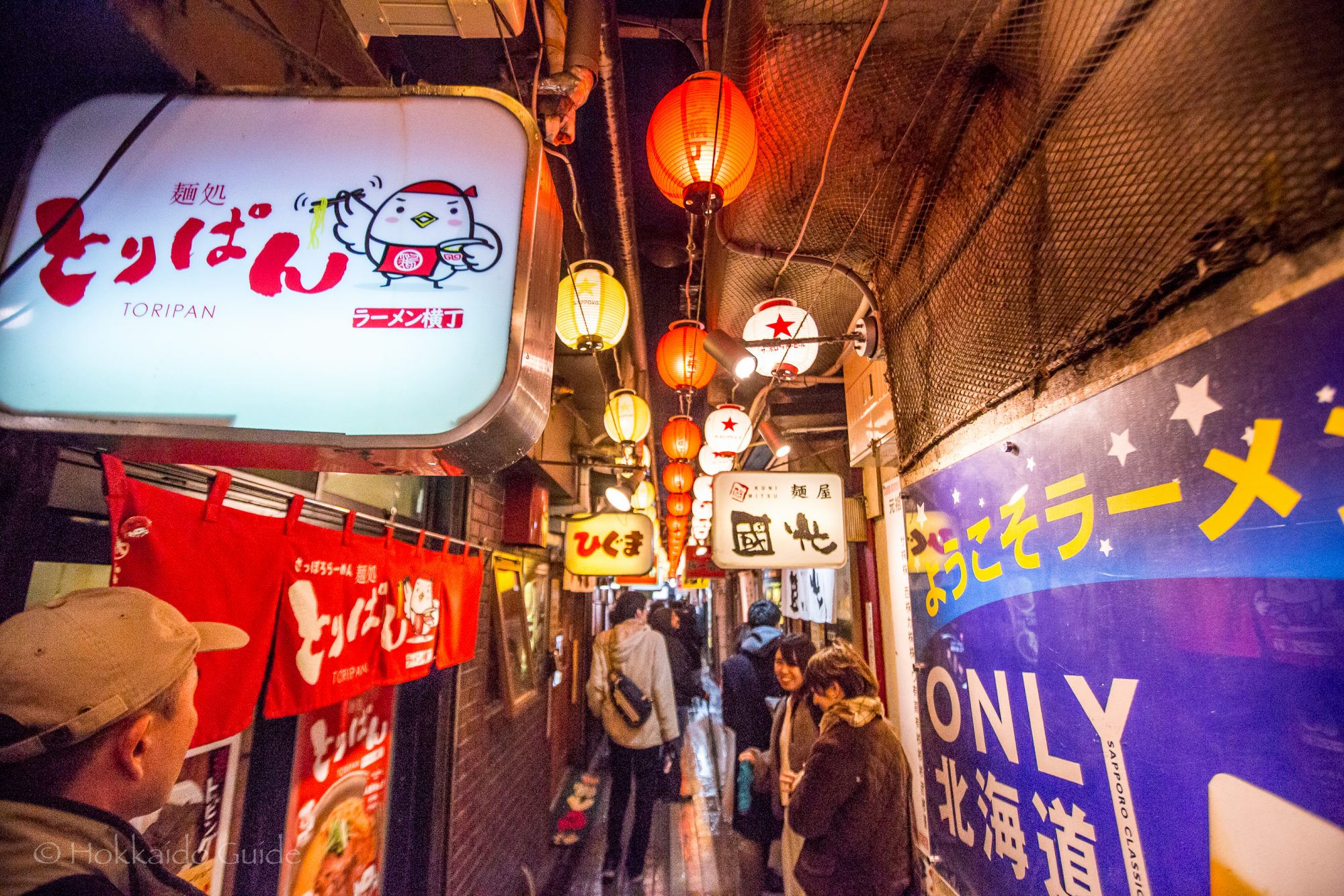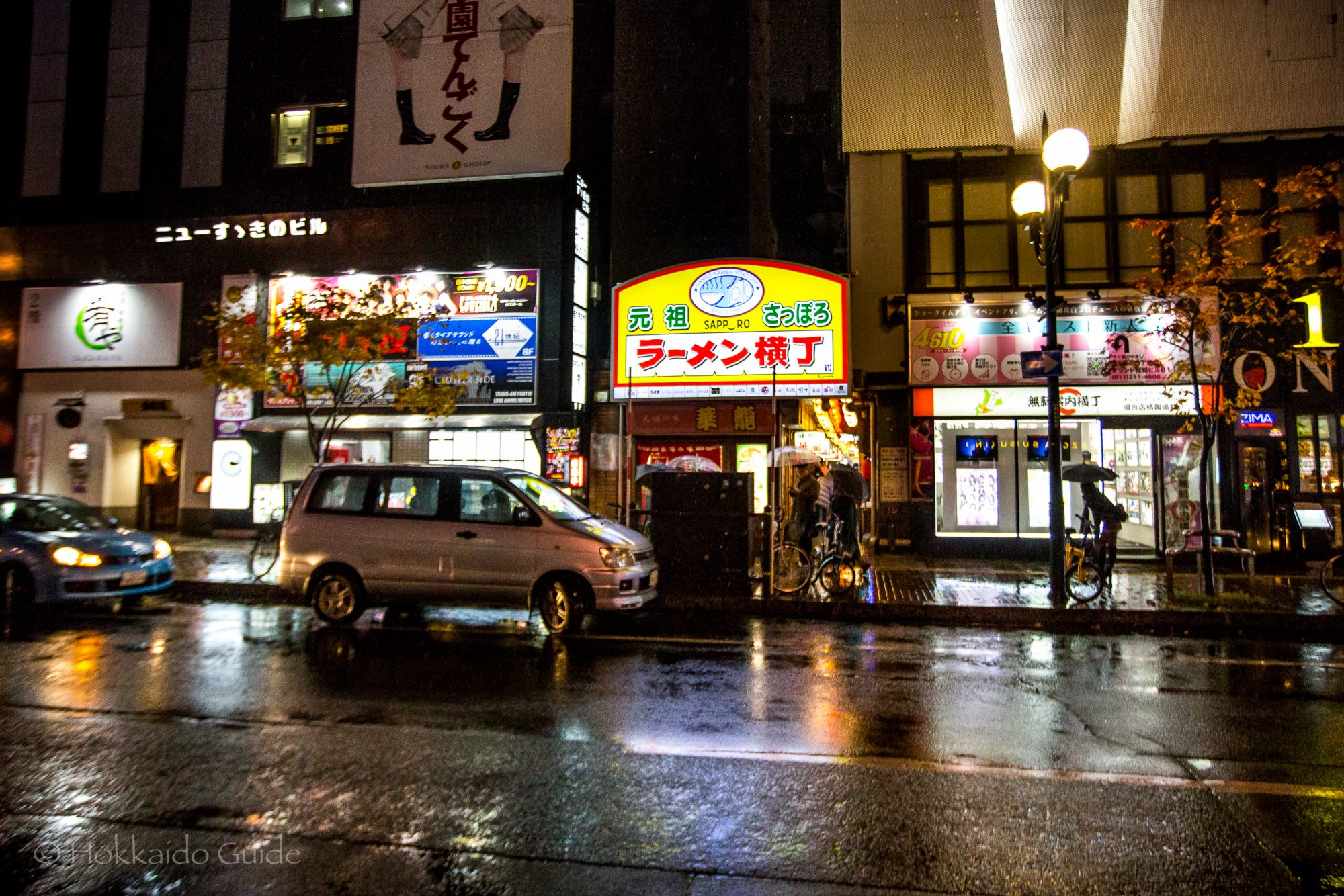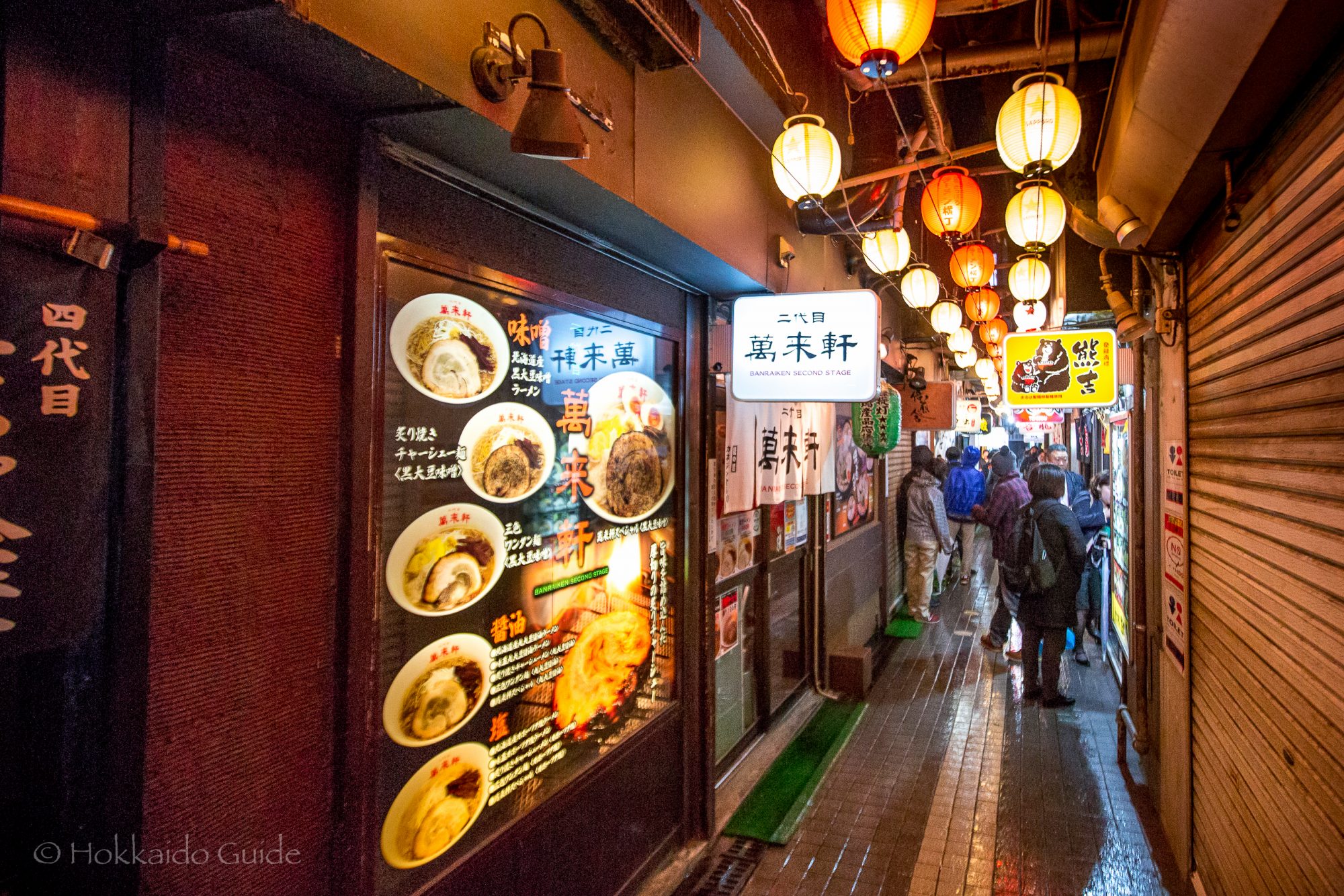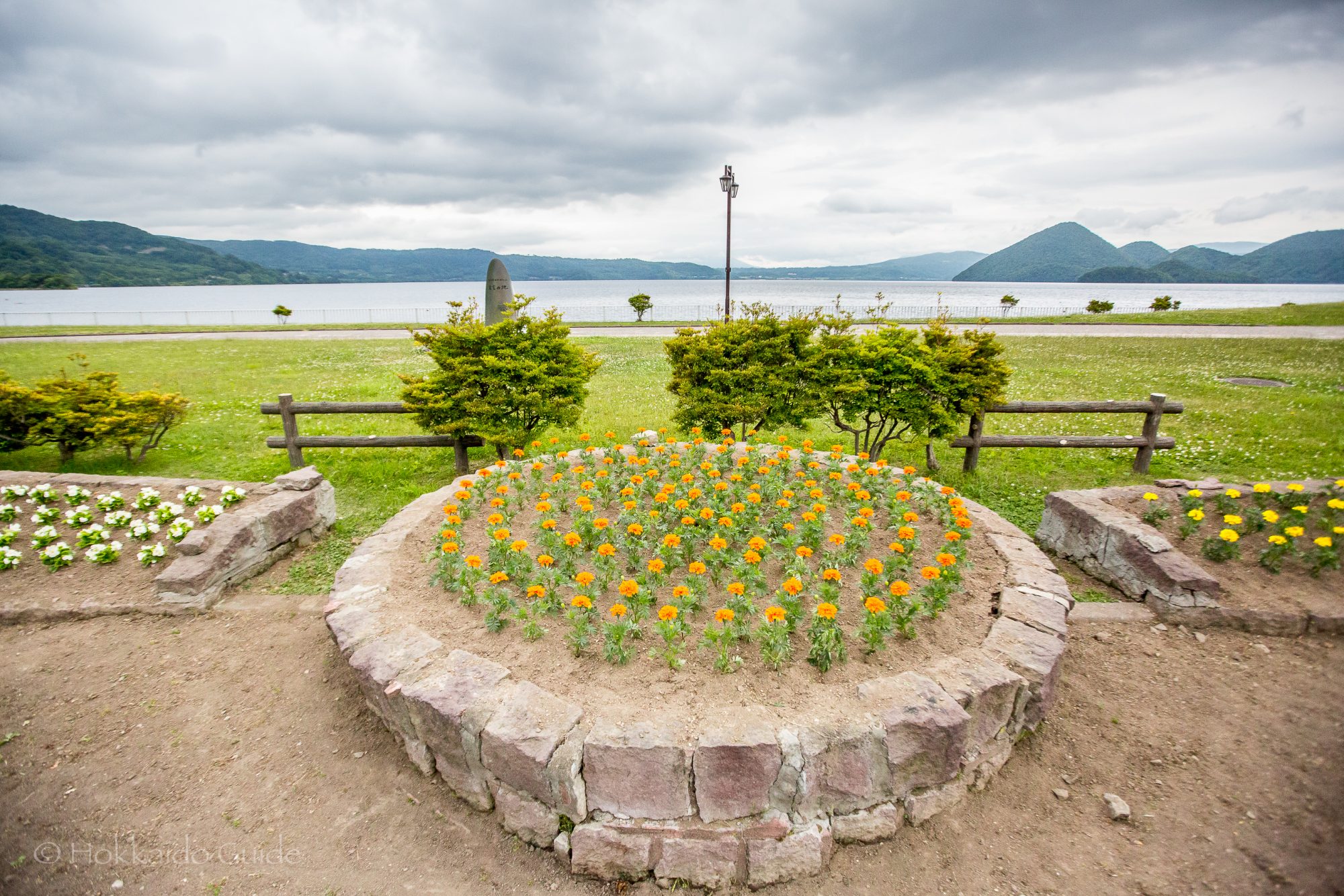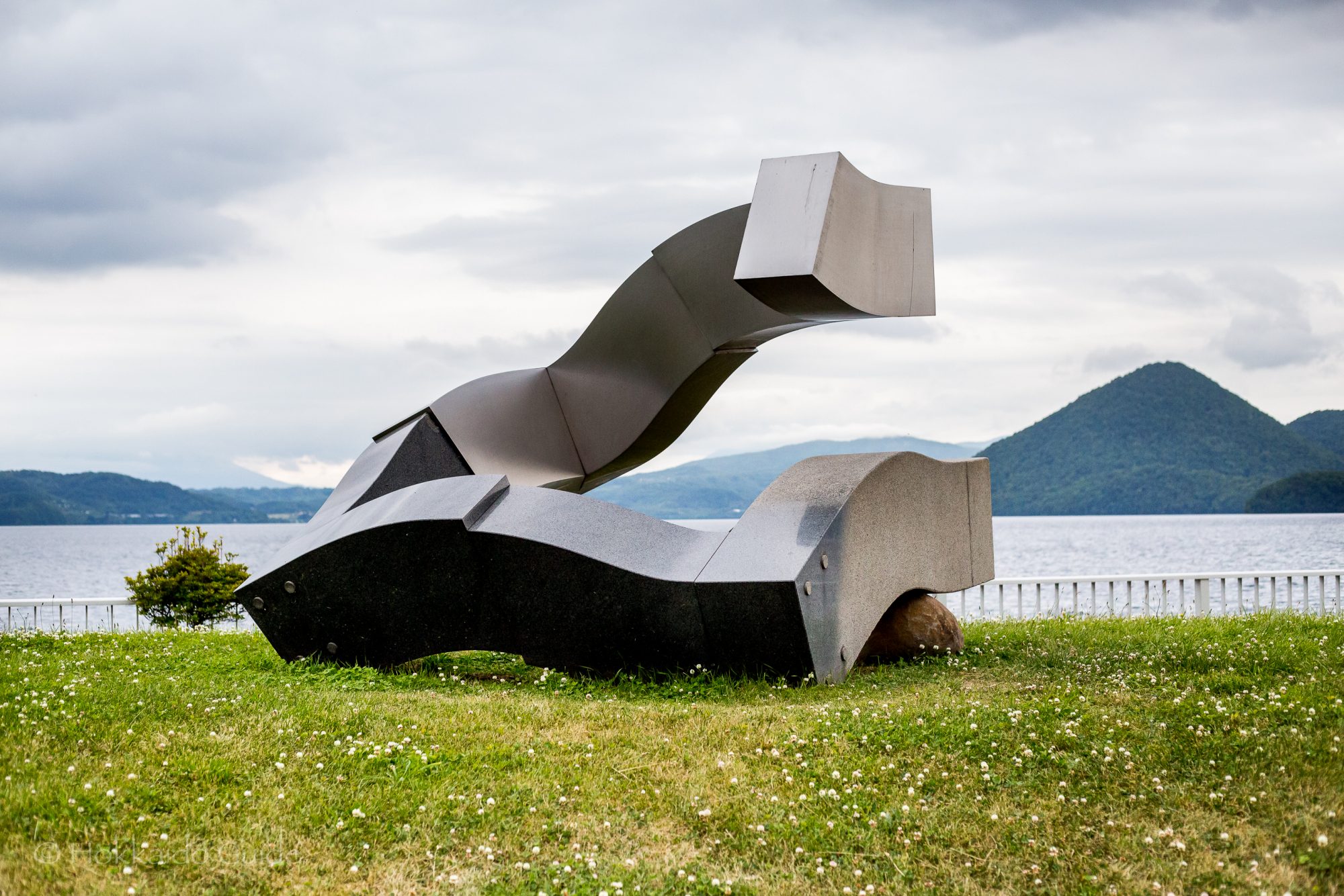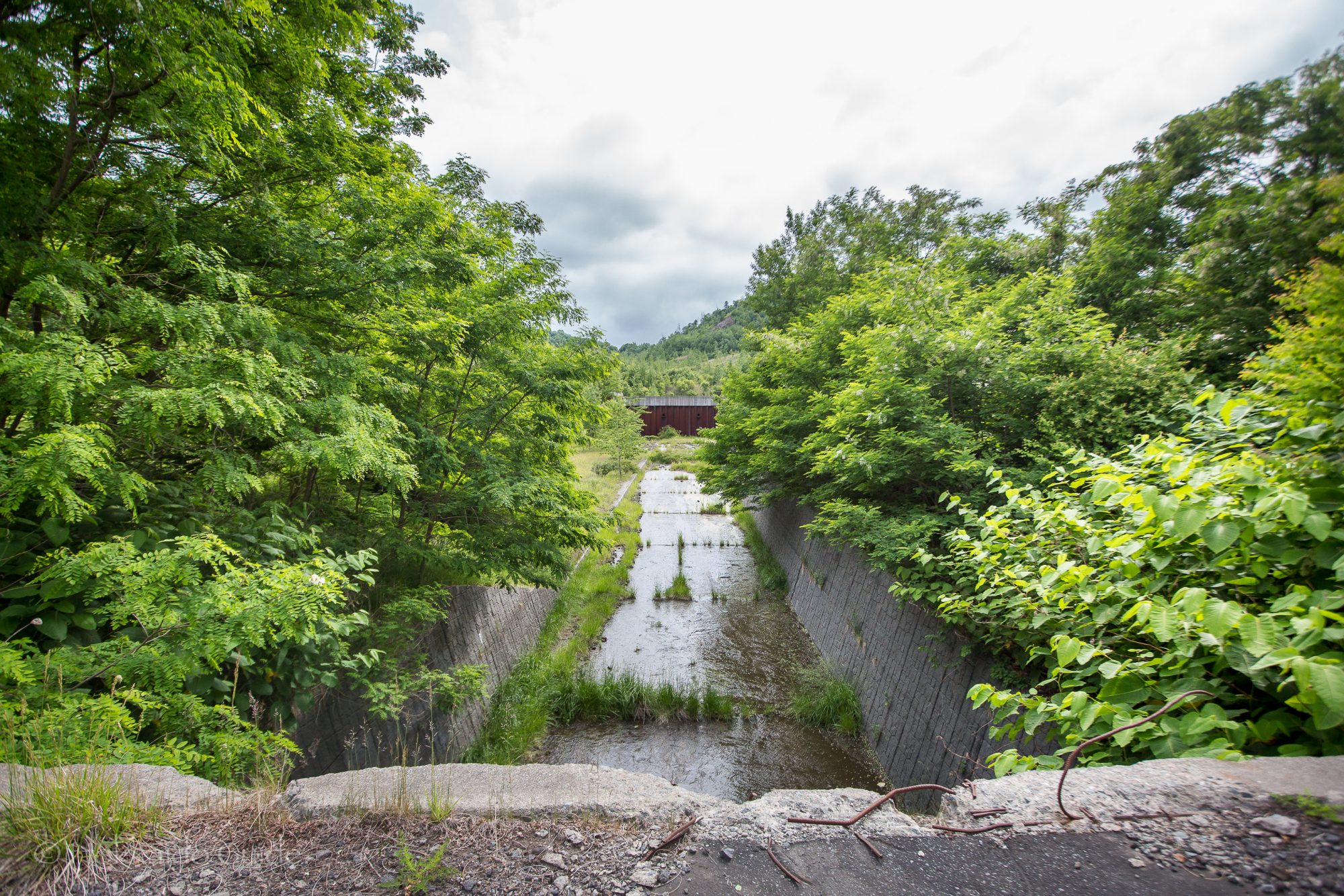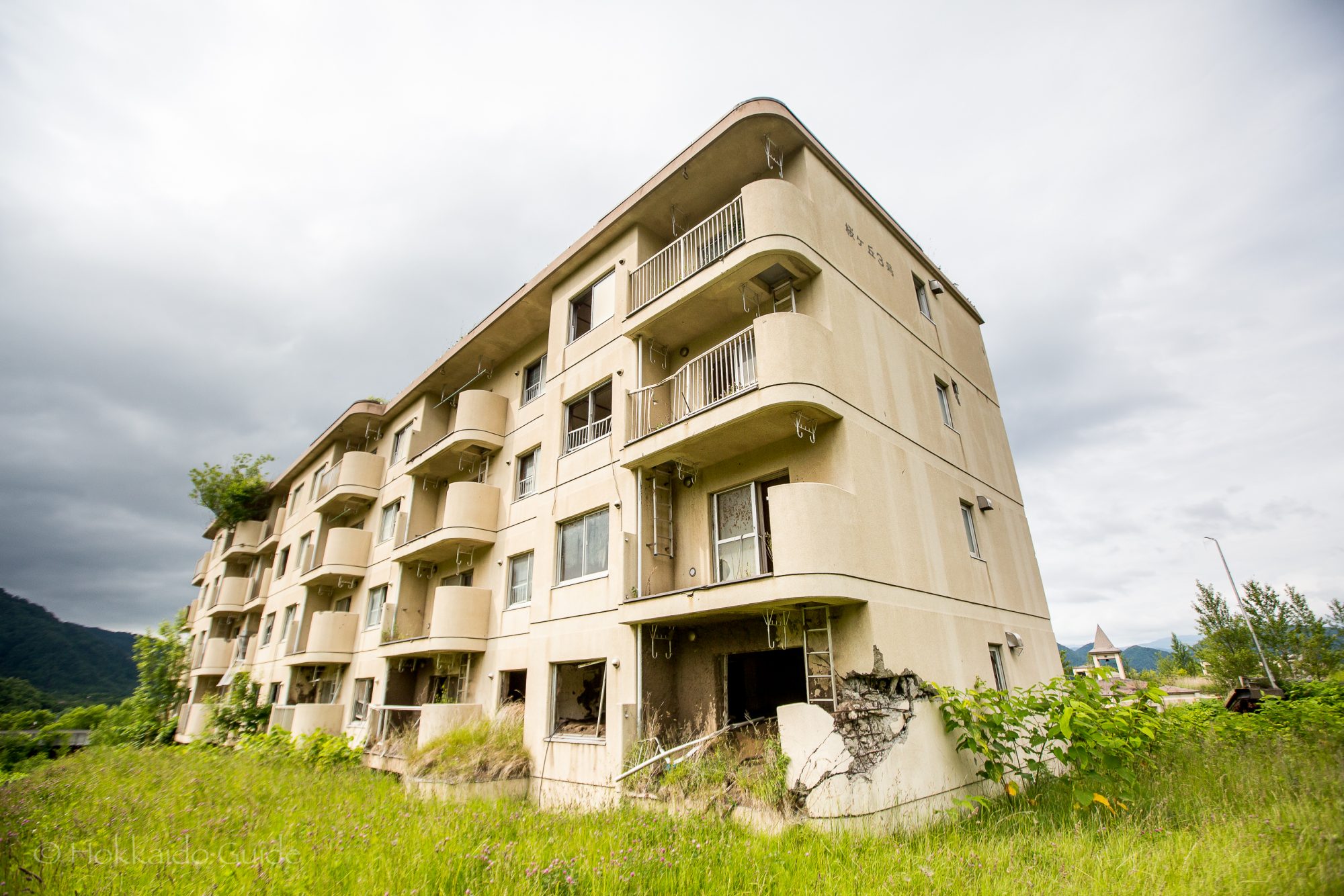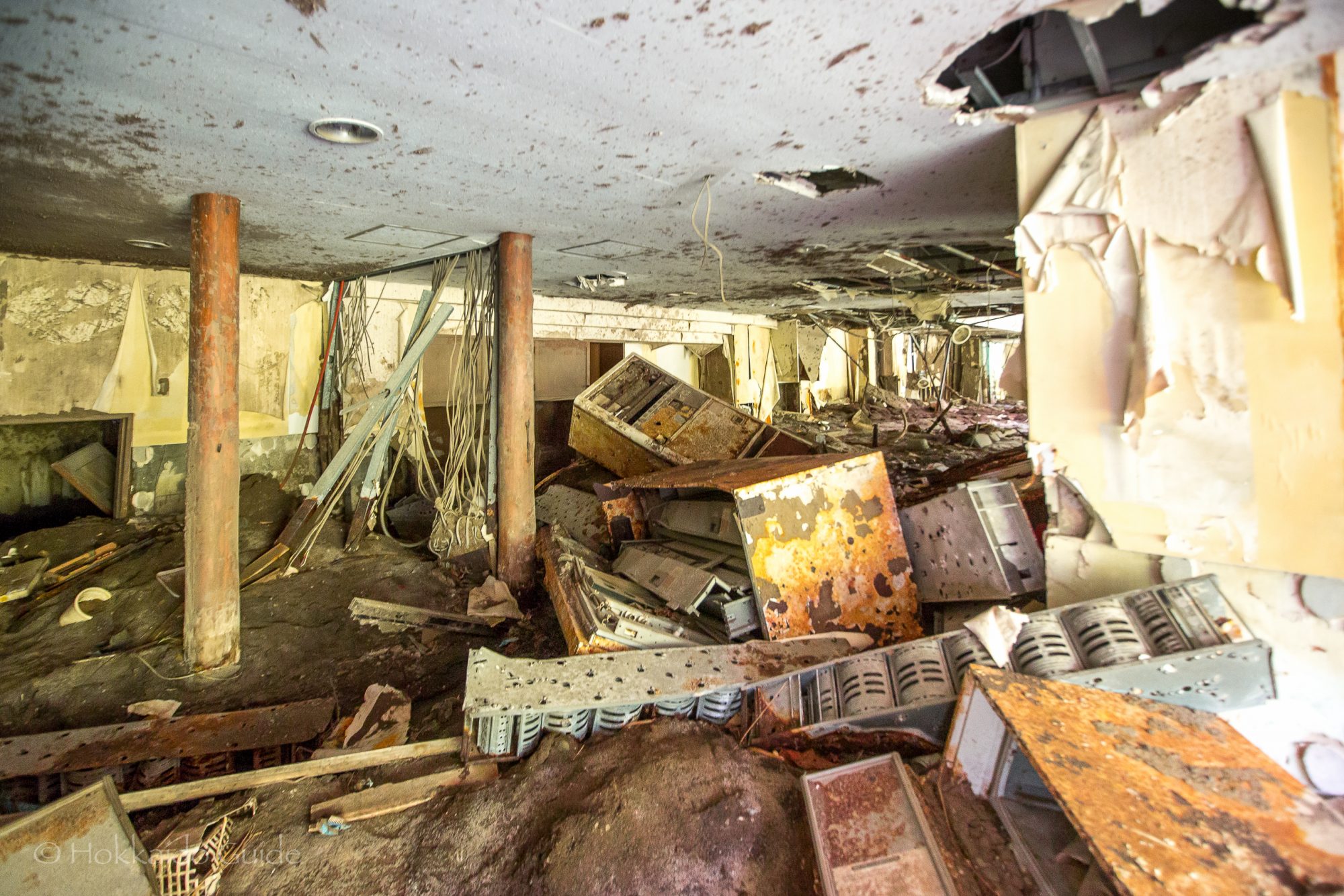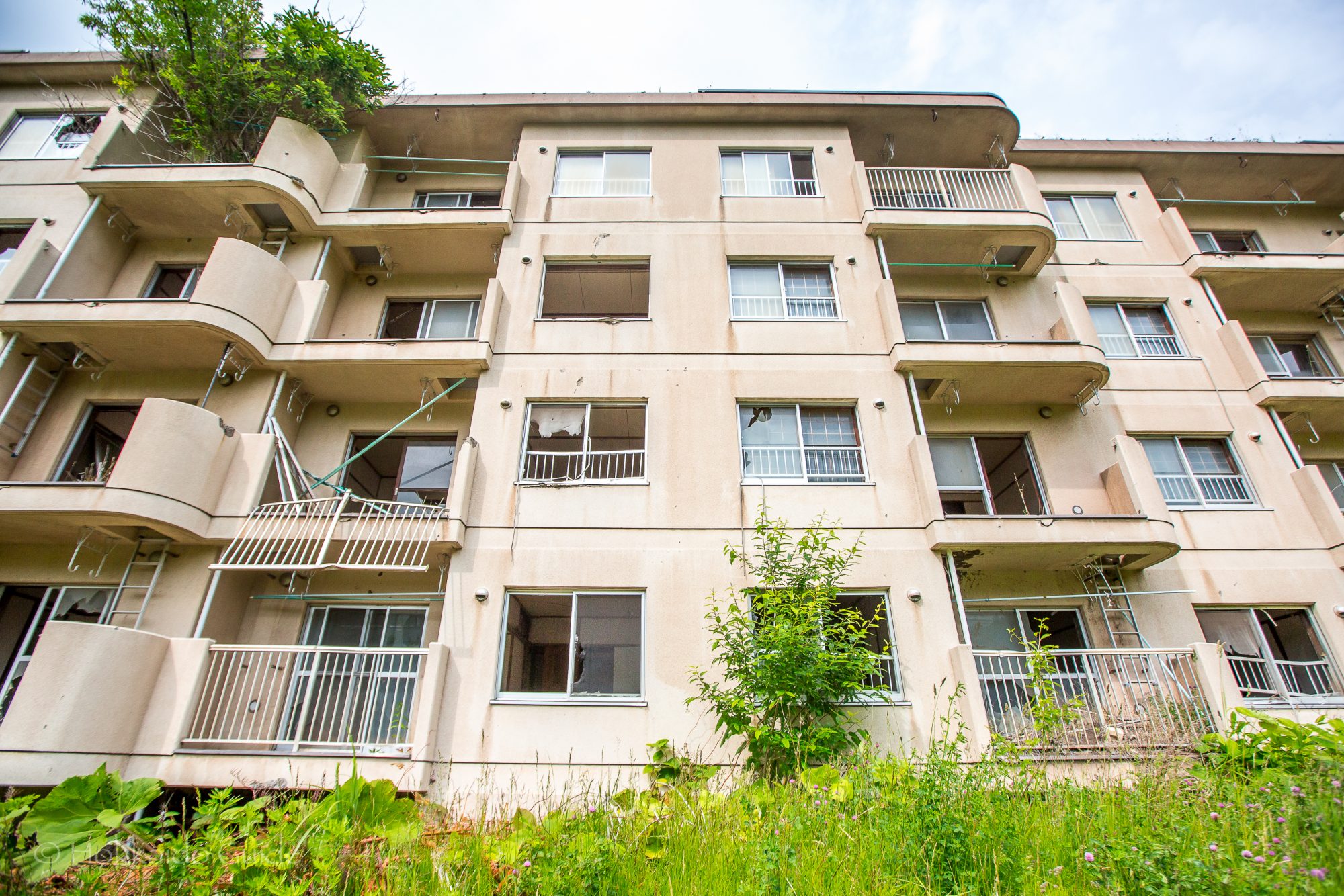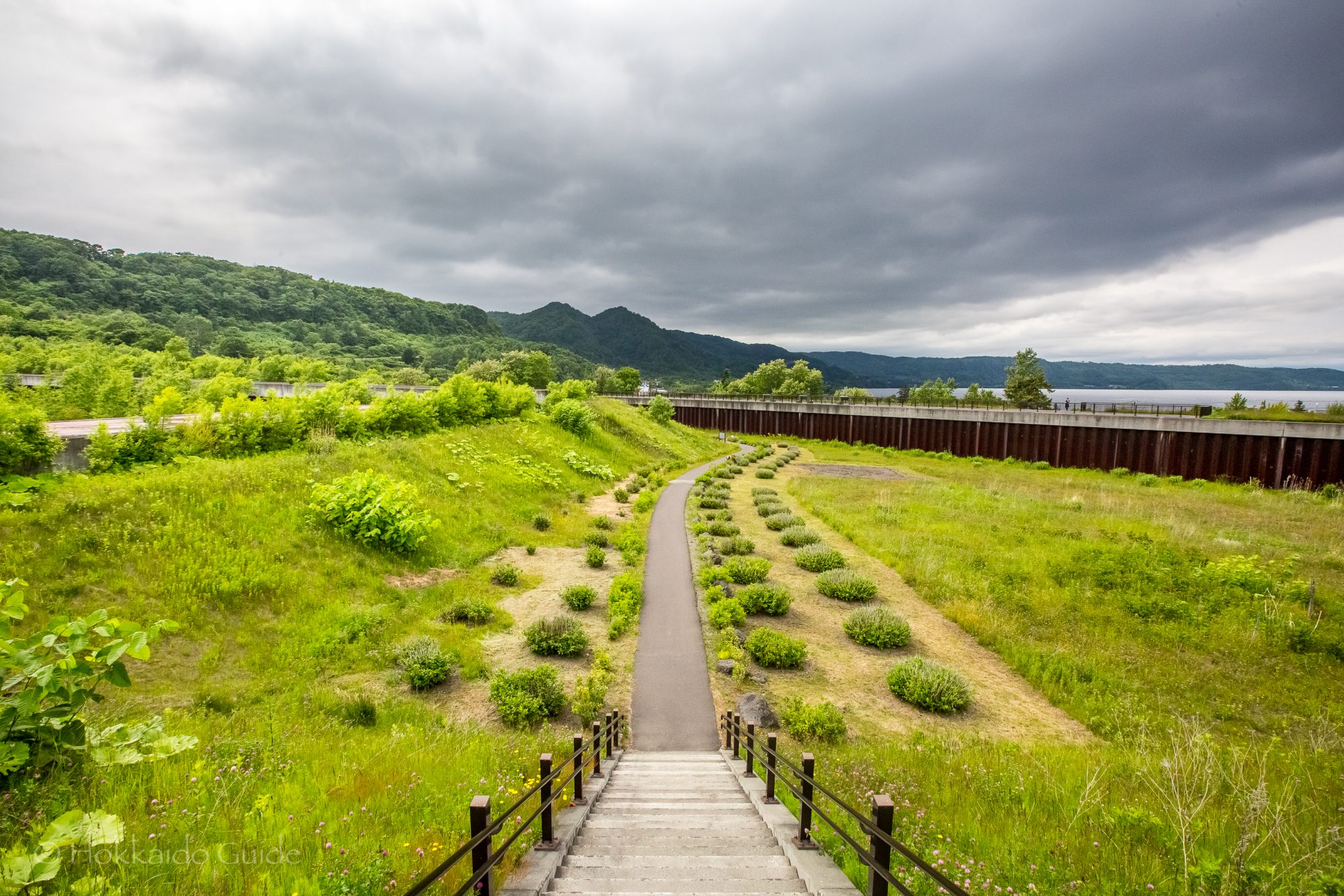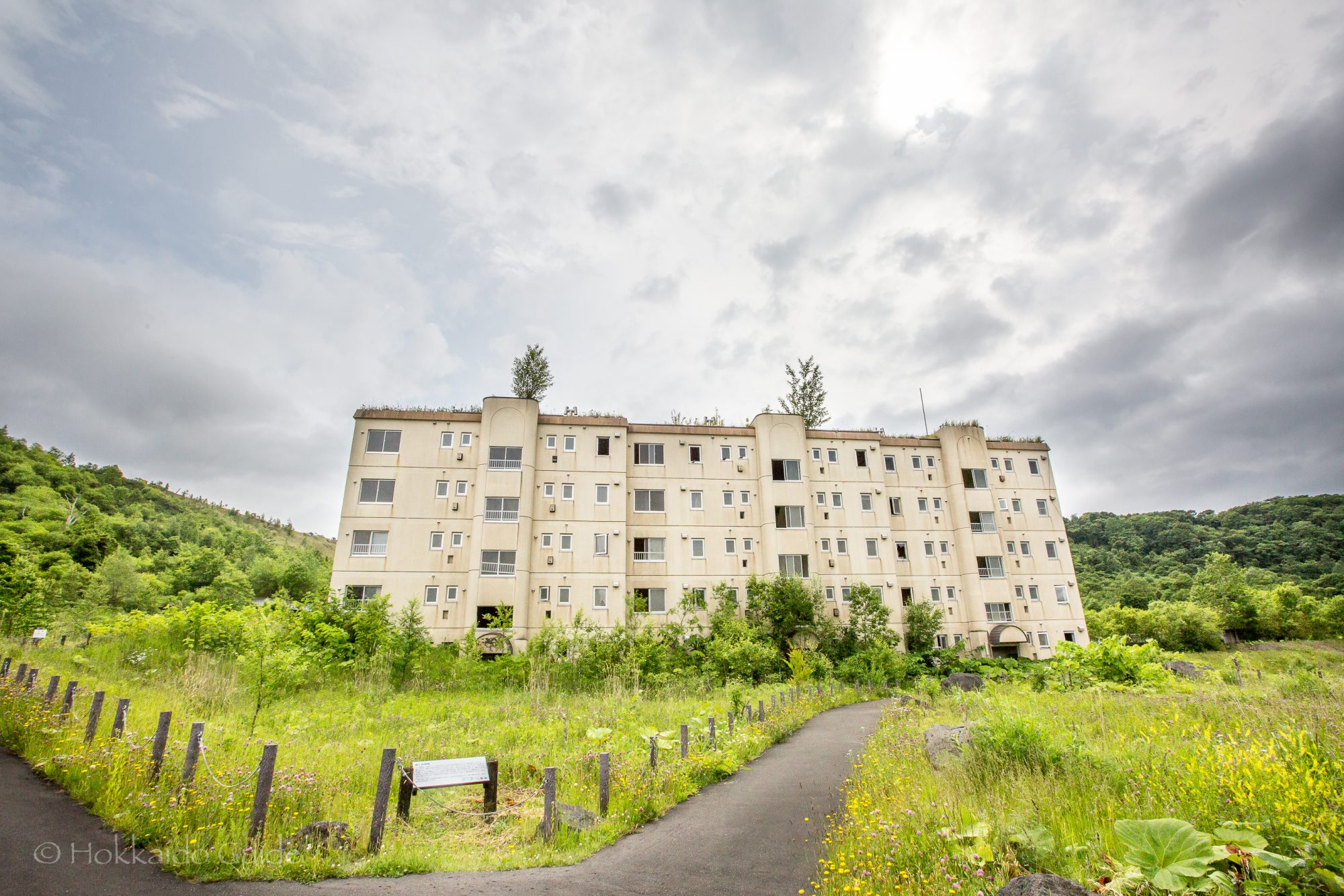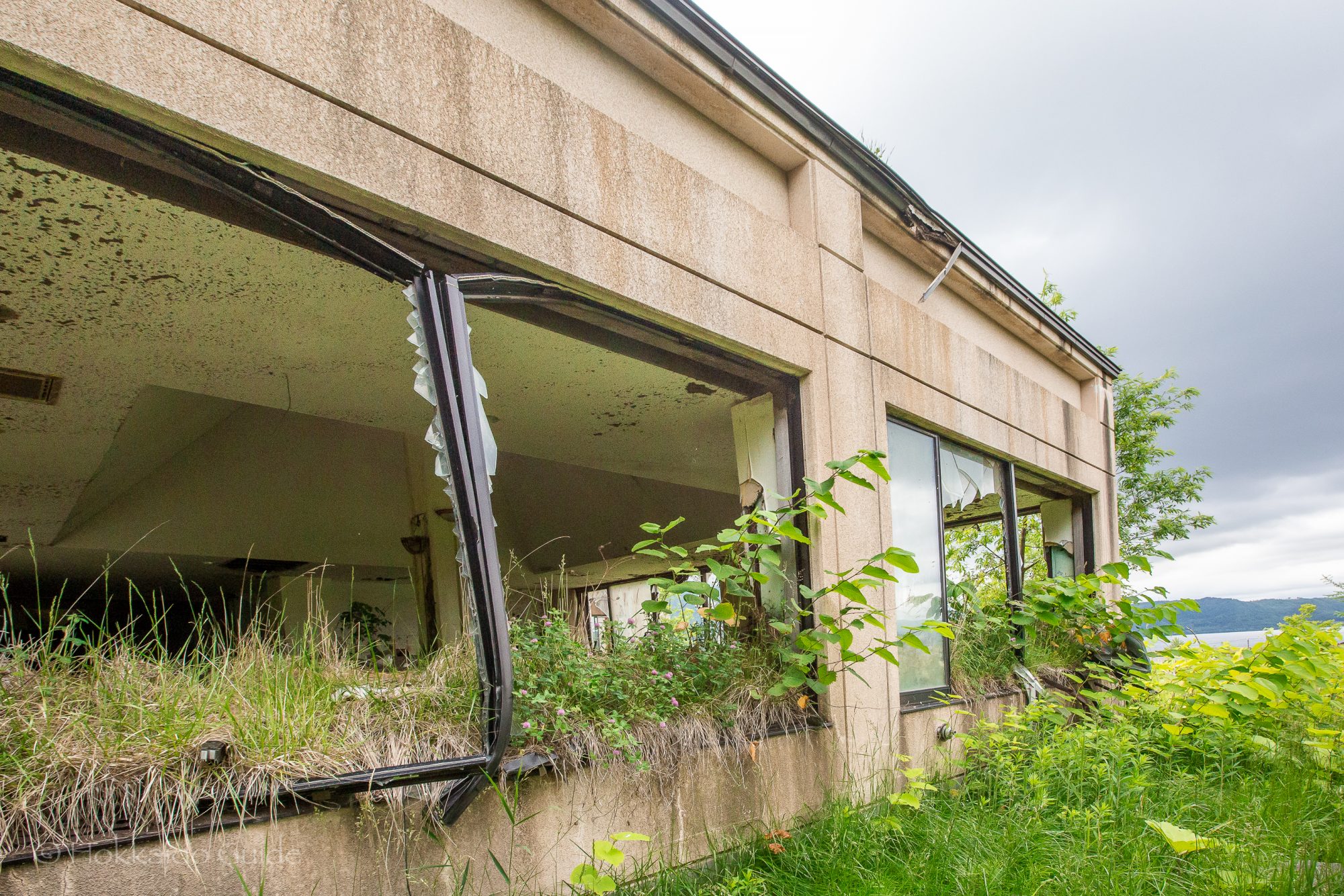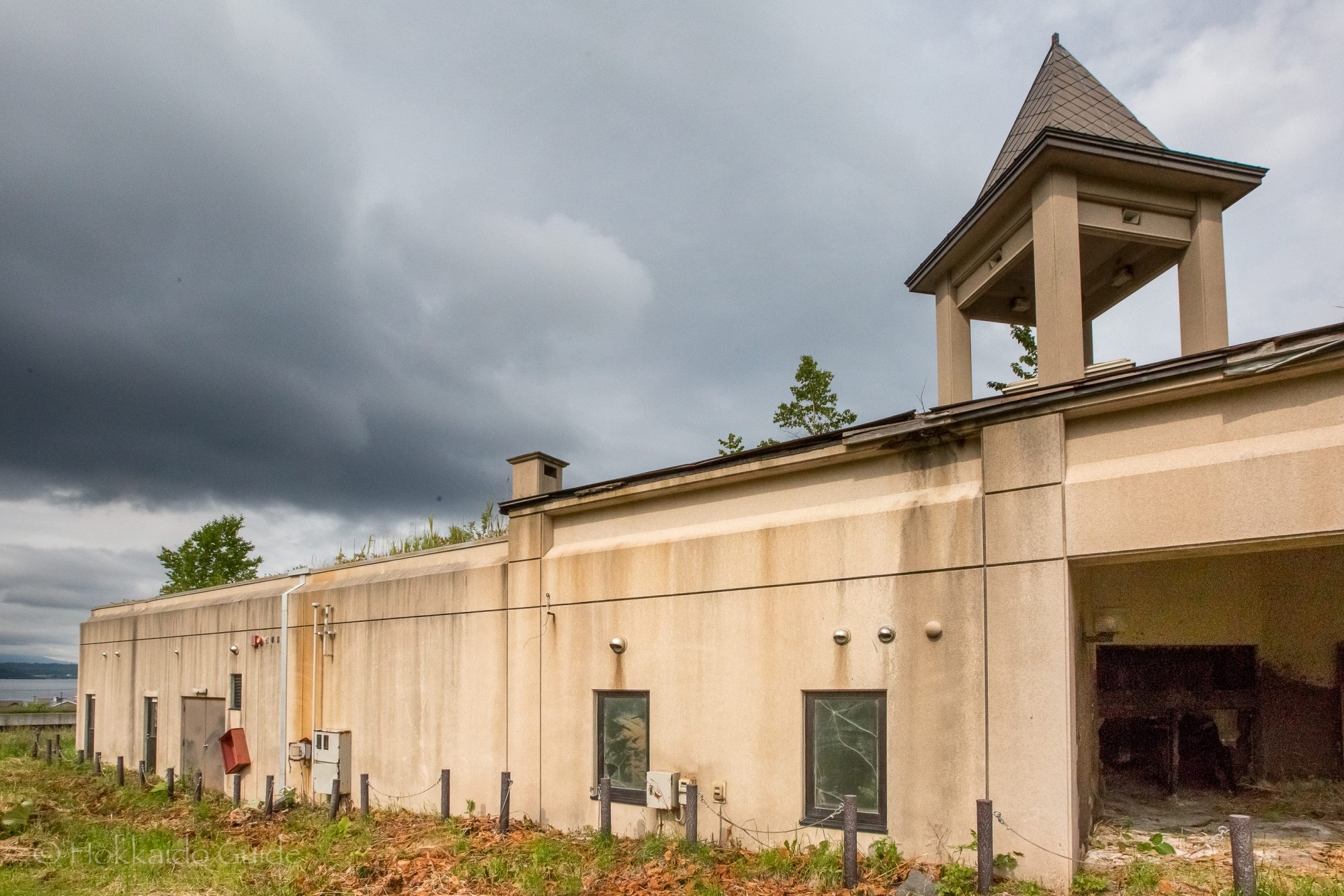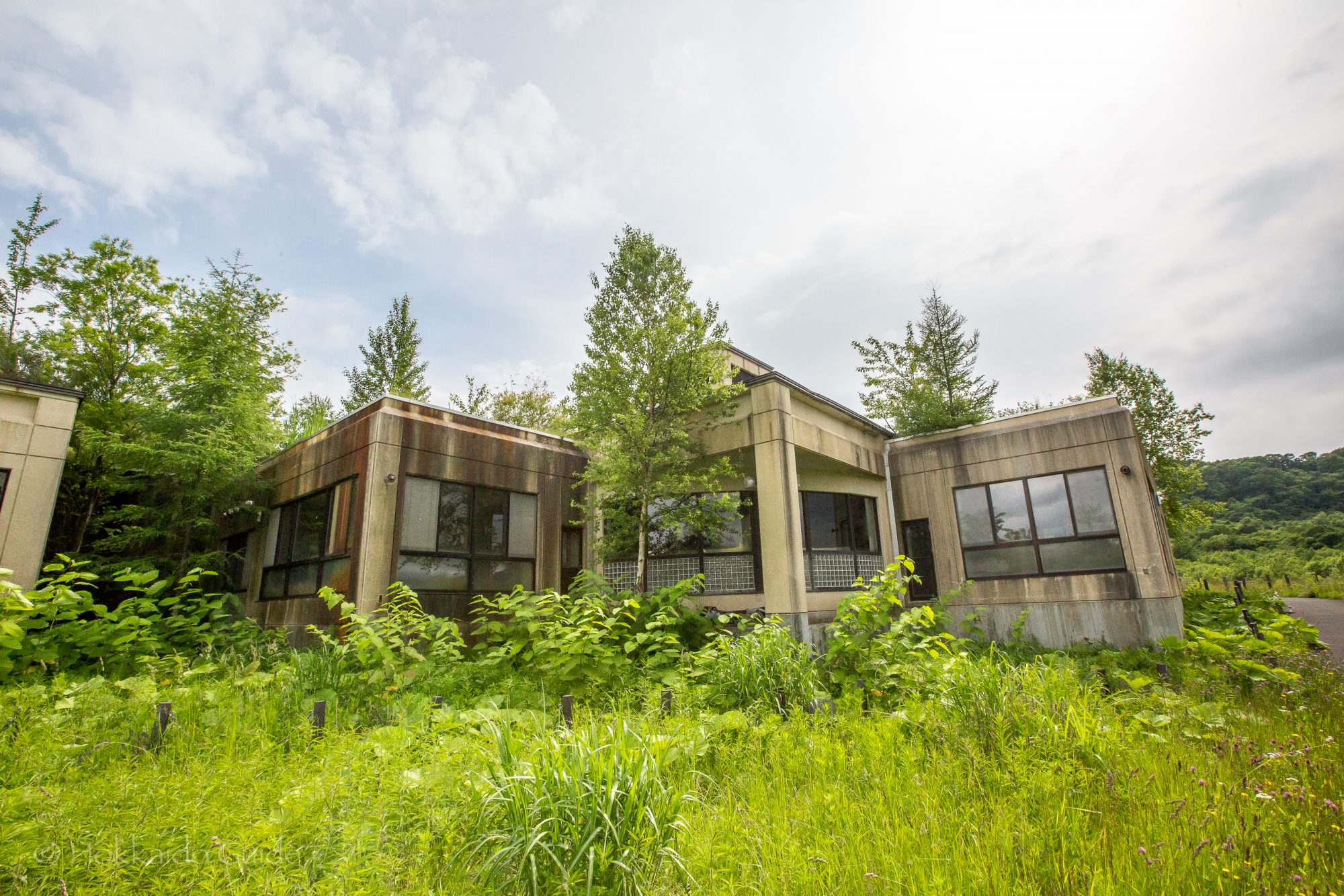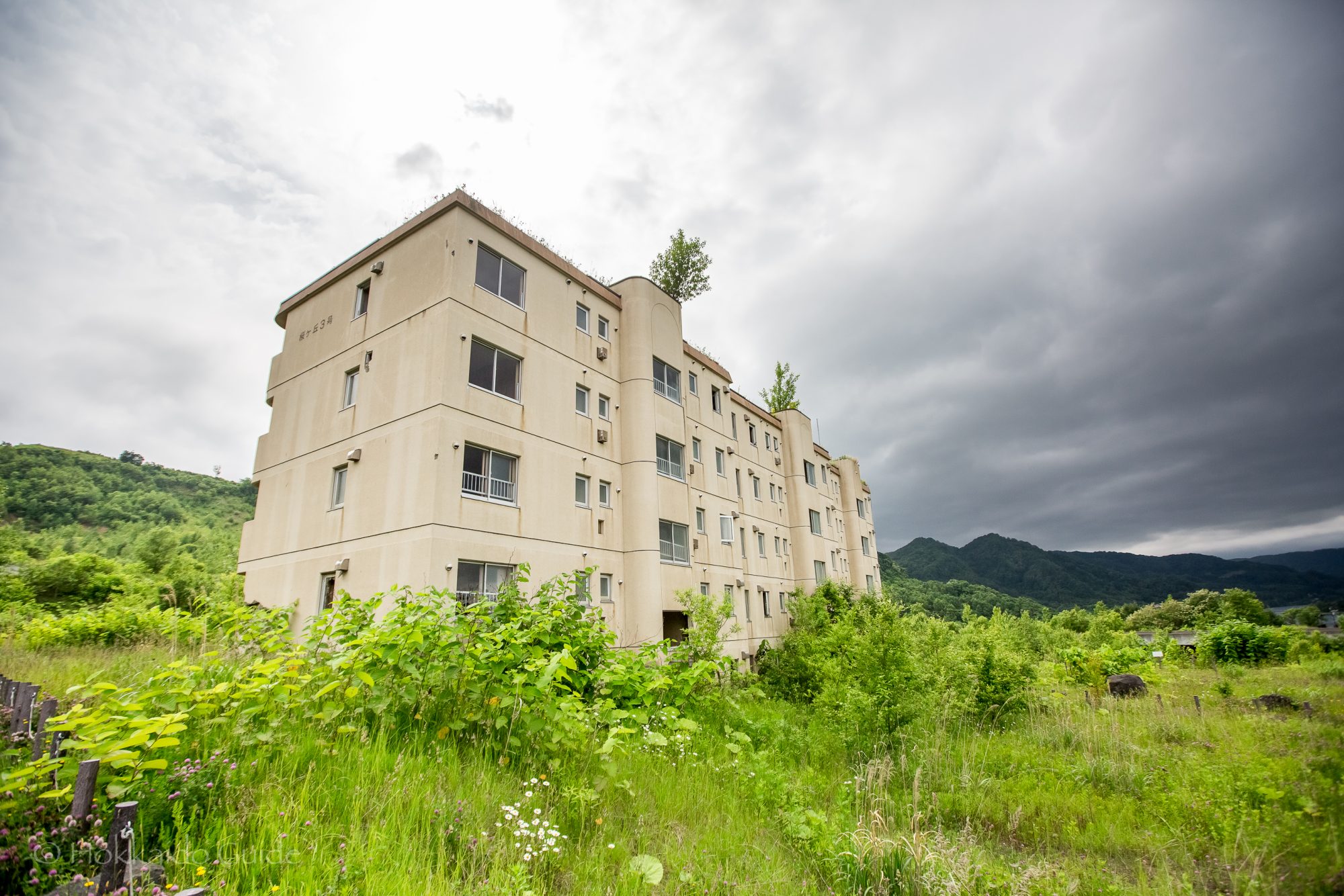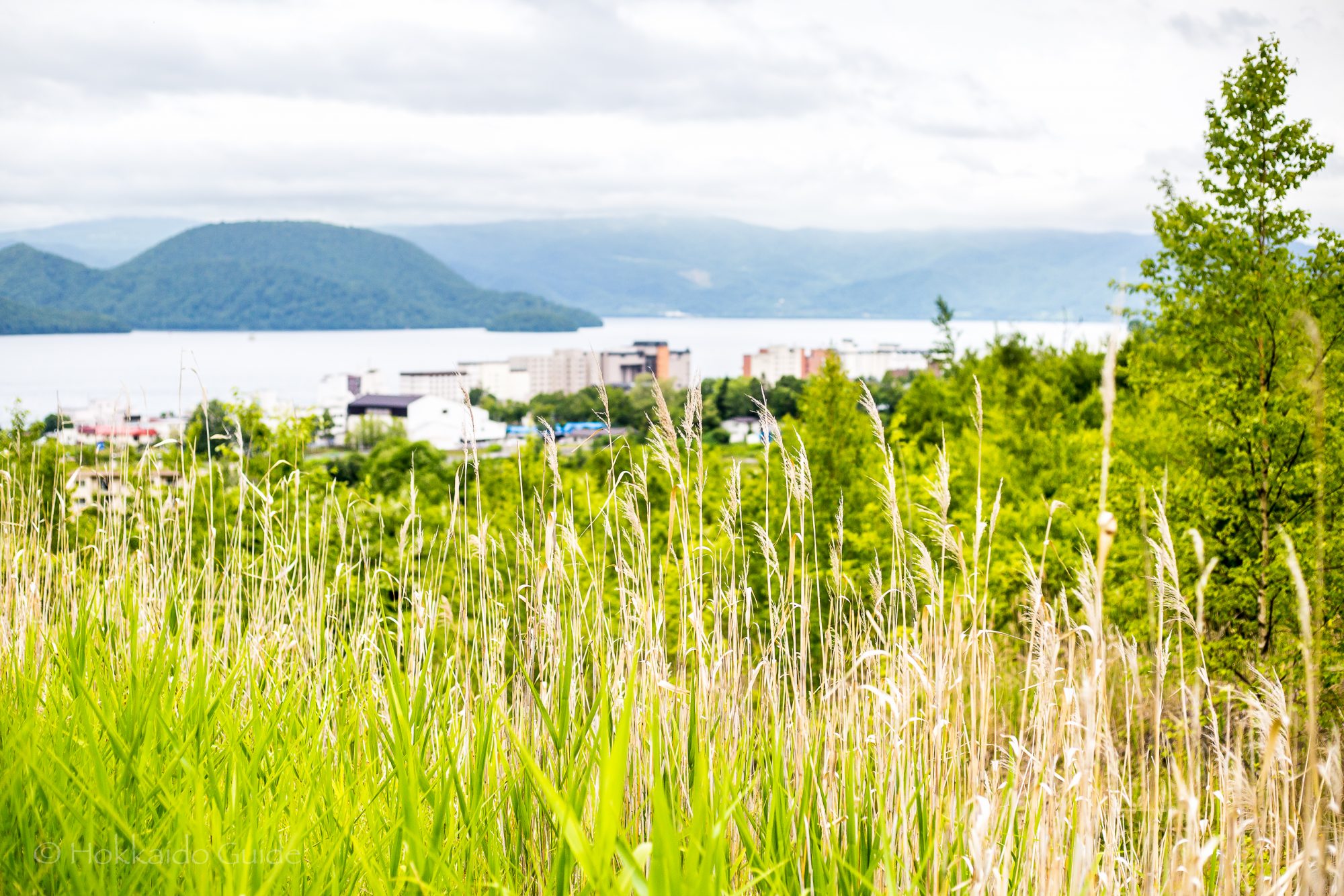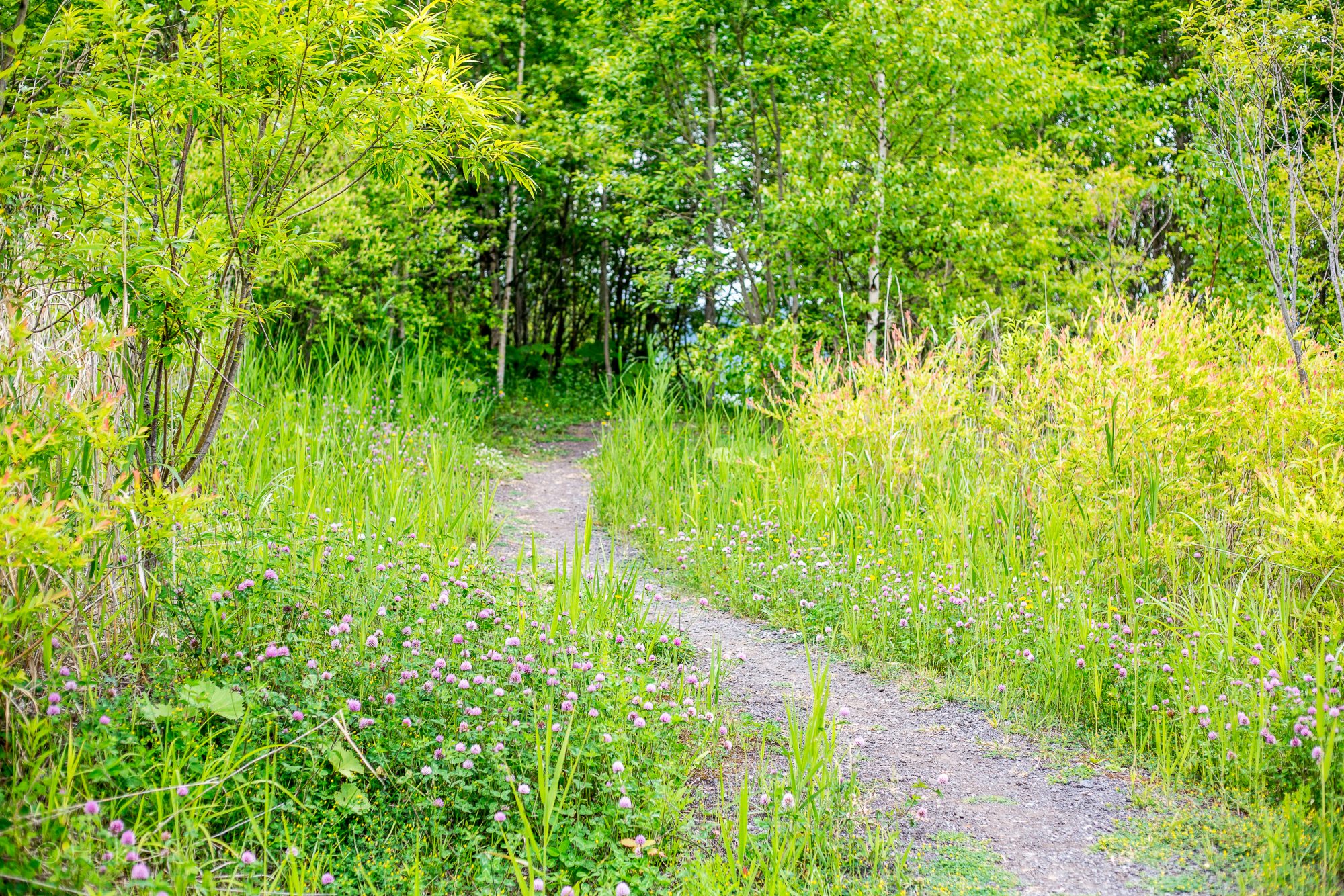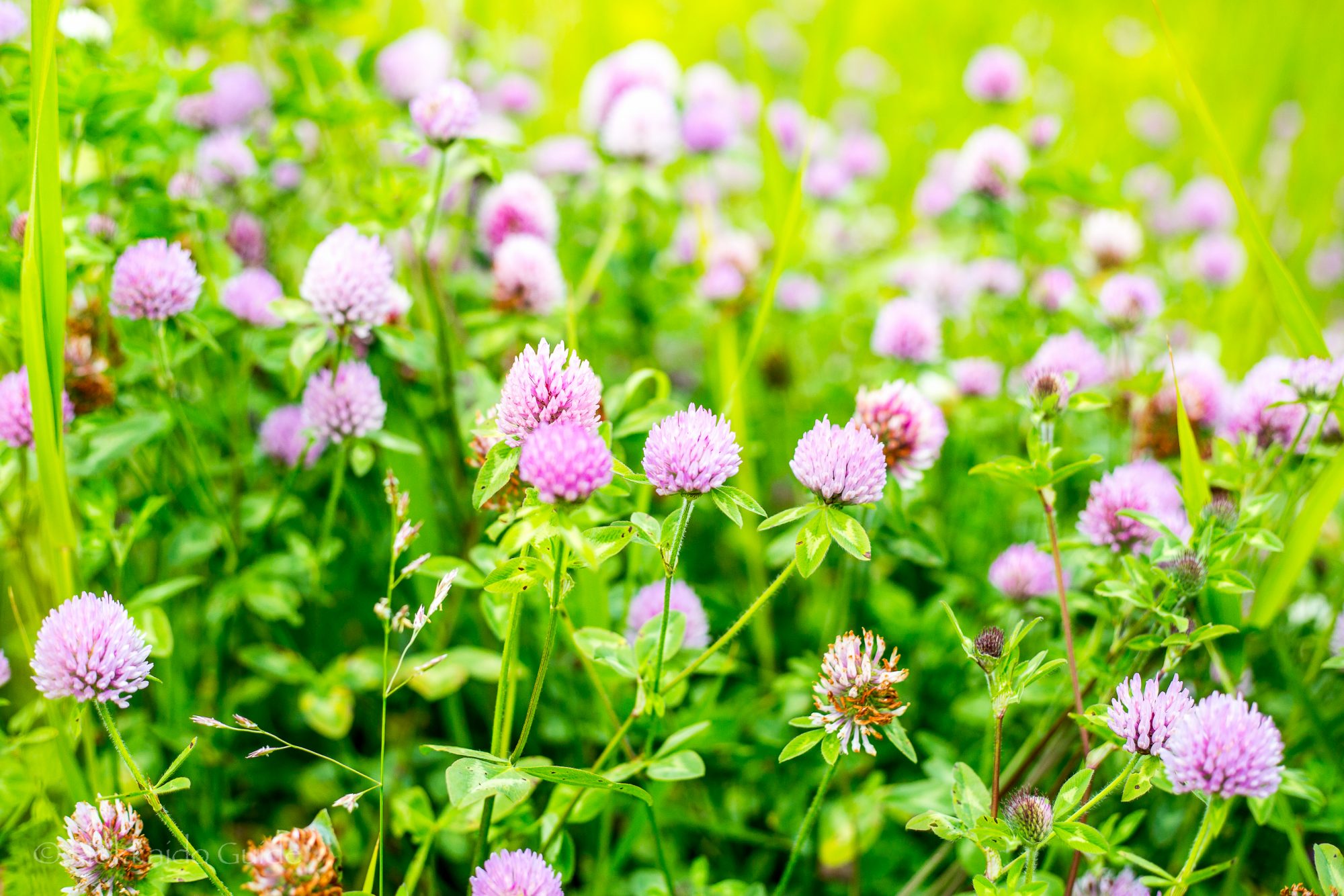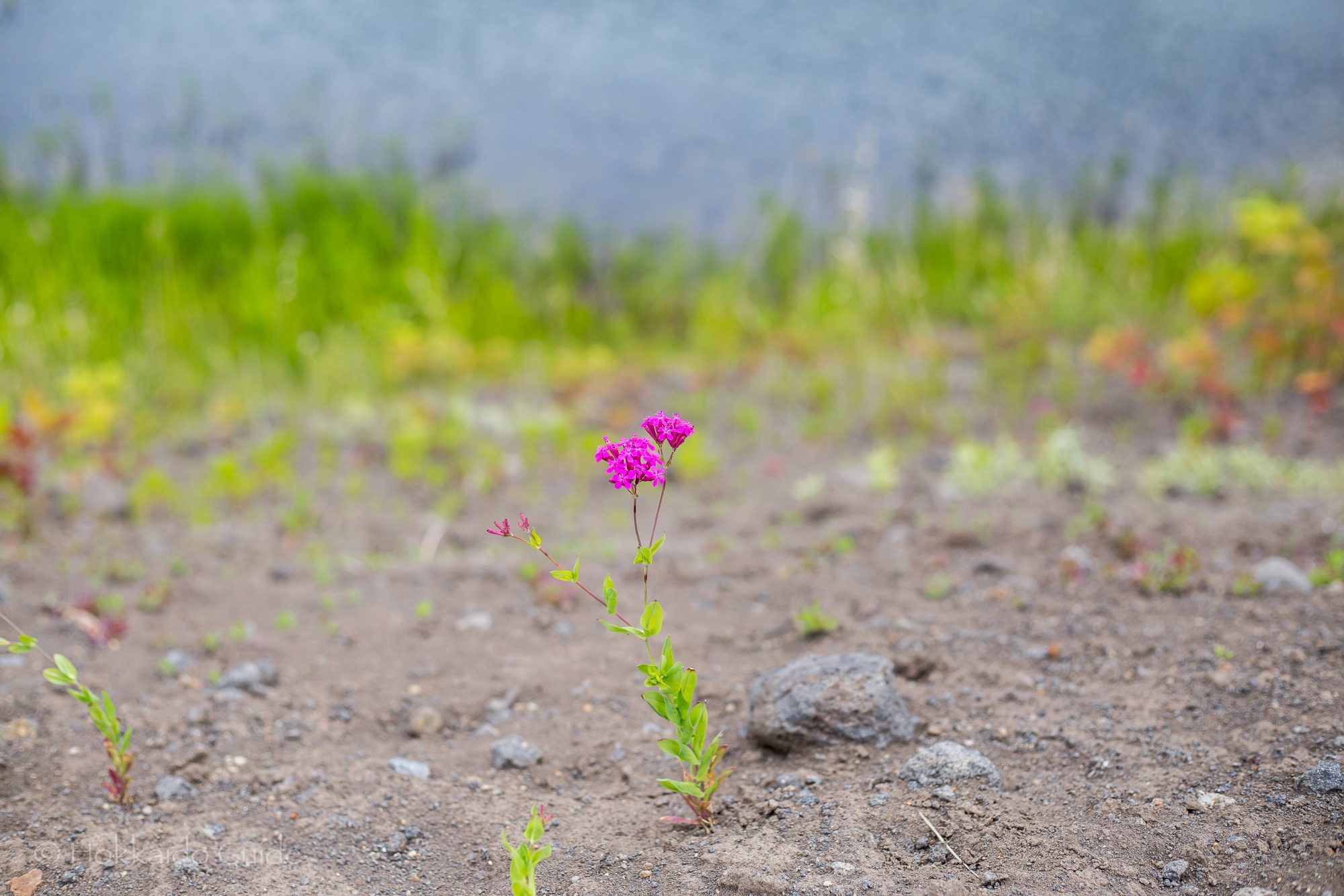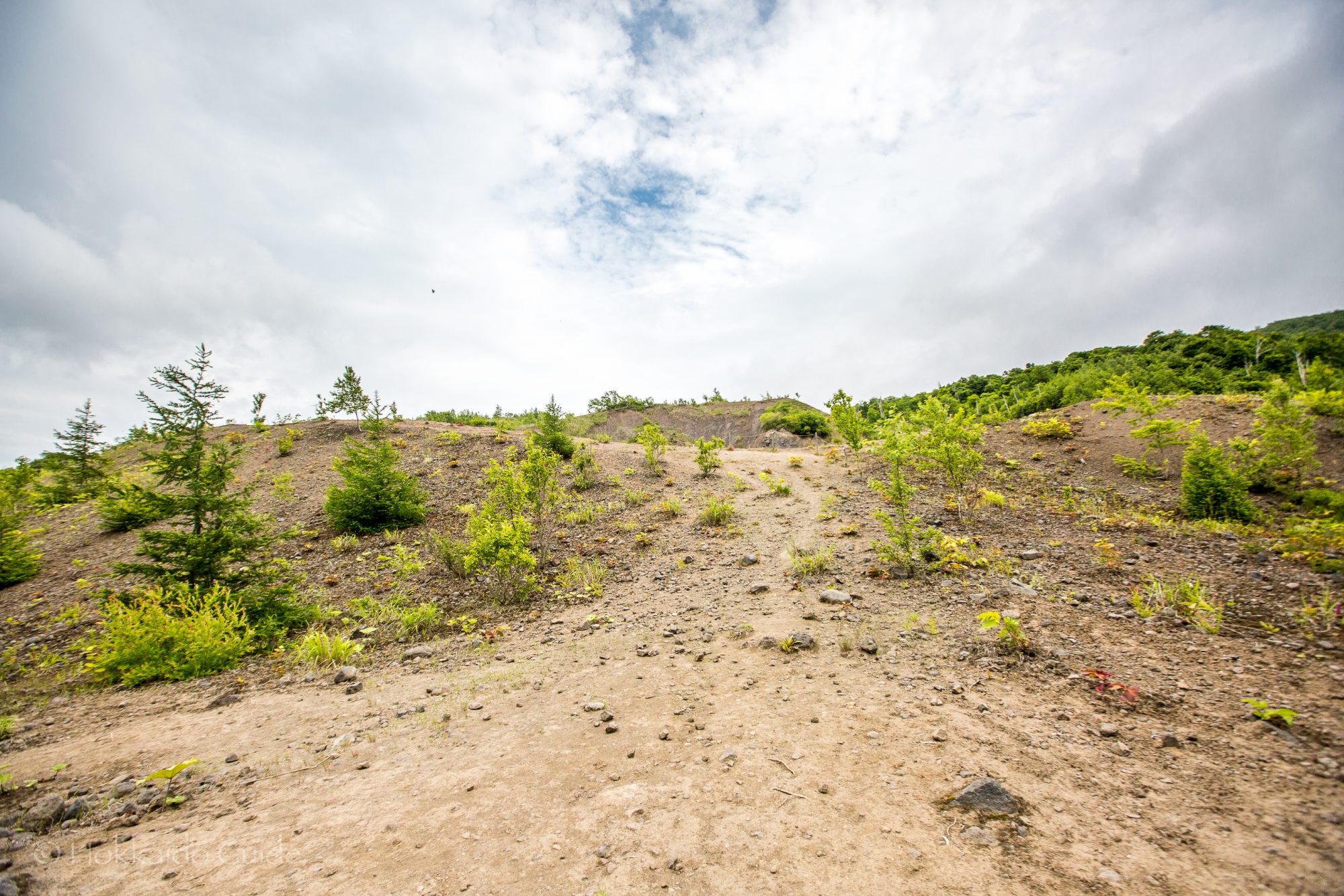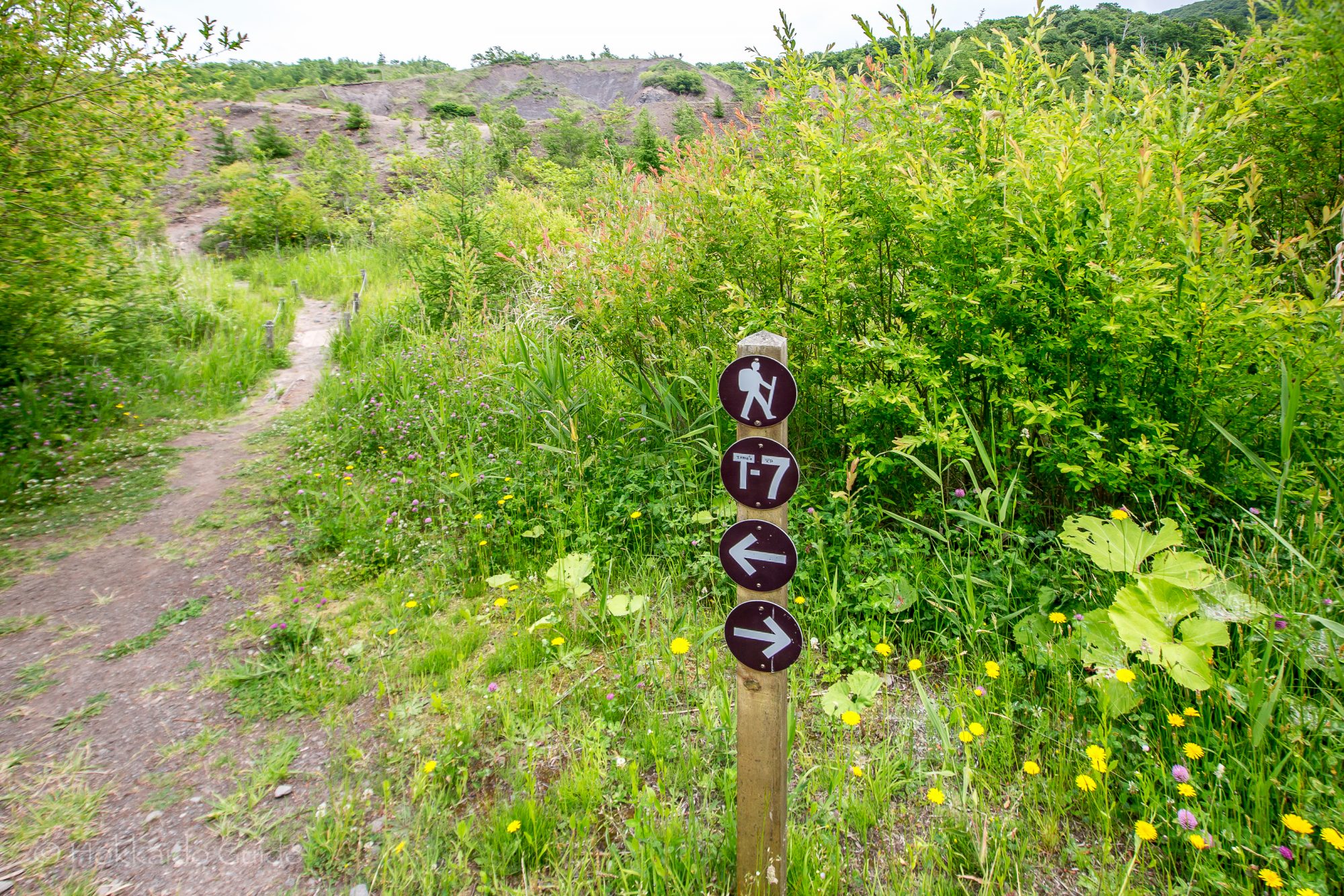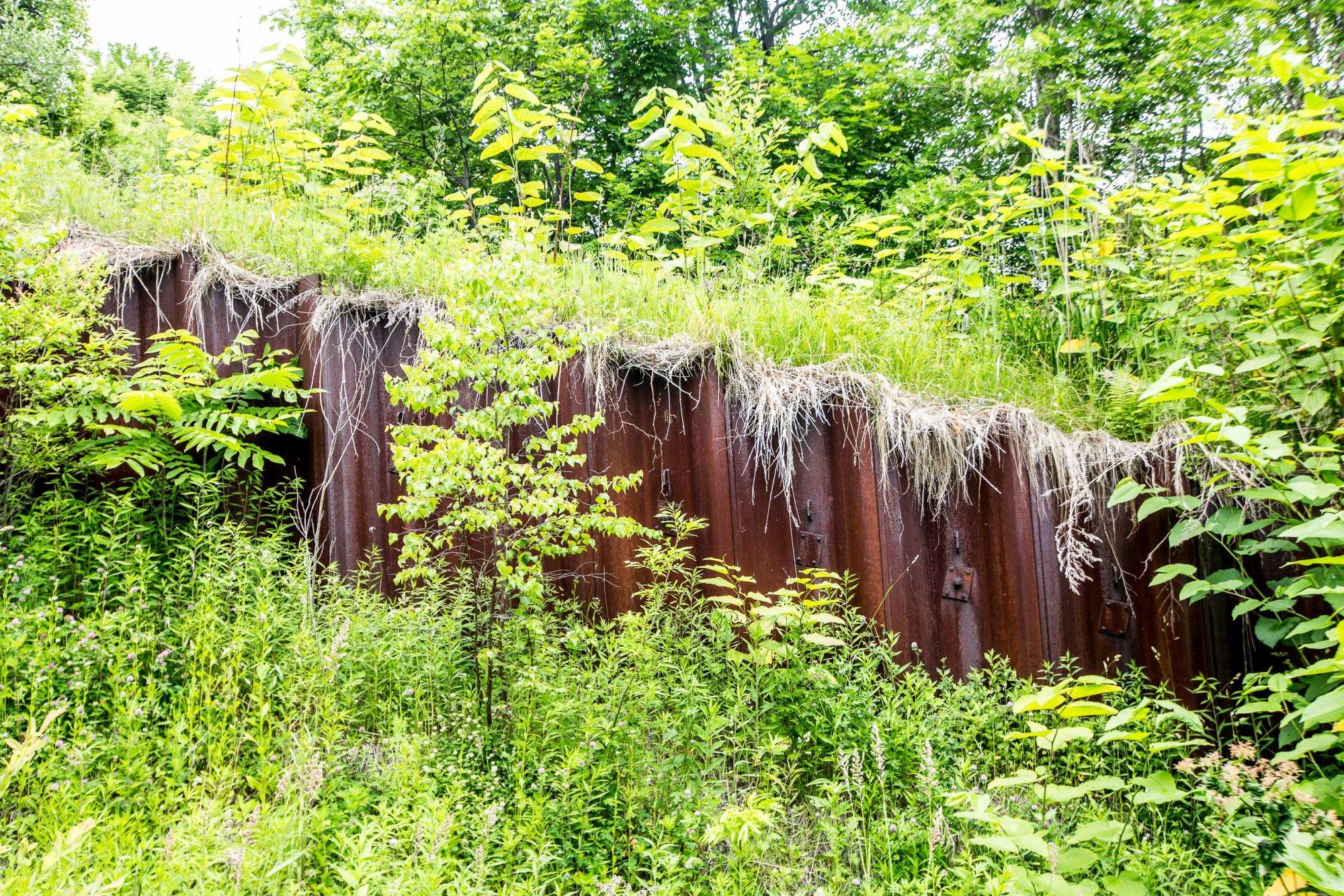
Tag: Historical Site

Hokkaido Shrine
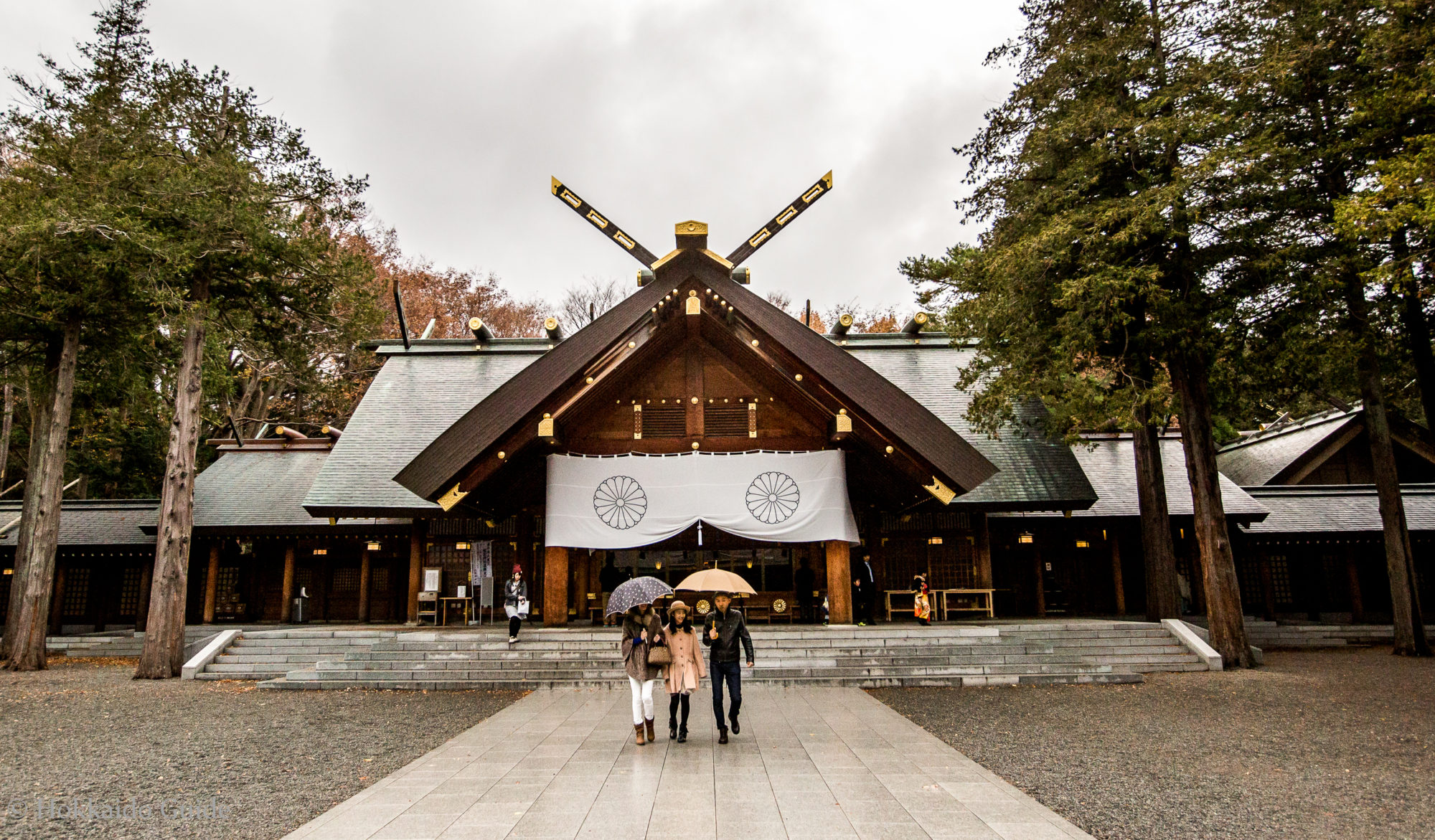
| Admission | Free |
| Opening Hours | - |
| Closed | - |
| Contact | 011-611-0261 http://www.hokkaidojingu.or.jp/ |
| Notes | Sightseeing spot, wedding venue |
| Location / Getting There | The shrine is located at the top of Maruyama Park. It is a 8 minute walk from Maruyama Subway station. 474 Miyagaoka, Chuo Ward, Sapporo, Hokkaido 064-0959 |
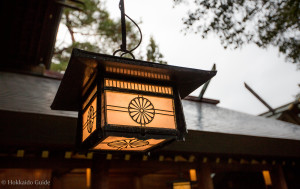 Hokkaido Shrine was constructed in 1871 to hold the deities, Ōkunitama, Okuninushi, and Sukunahikona, and also the soul of the Meiji Emporer. It is the main Shrine of Hokkaido and a popular spot for tourists and locals alike. It is located in Maruyama Park (Maruyama Koen) on the West side of Sapporo. The shrine is well worth a look in all seasons, especially Spring. It is surrounded by 1,500 cherry blossom trees which usually bloom early to mid May. During this time thousands of locals have their Hanami (flower viewing parties) and the temple is a great backdrop.
Hokkaido Shrine was constructed in 1871 to hold the deities, Ōkunitama, Okuninushi, and Sukunahikona, and also the soul of the Meiji Emporer. It is the main Shrine of Hokkaido and a popular spot for tourists and locals alike. It is located in Maruyama Park (Maruyama Koen) on the West side of Sapporo. The shrine is well worth a look in all seasons, especially Spring. It is surrounded by 1,500 cherry blossom trees which usually bloom early to mid May. During this time thousands of locals have their Hanami (flower viewing parties) and the temple is a great backdrop.
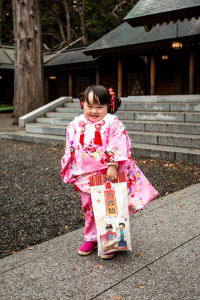 In early Summer the Sapporo Festival is held which sees portable shrines carried around the city and stalls set up near the Shrine. New Year’s Eve and New Year’s Day is also a popular time where families will go to pray.At the shrine you are free to walk around in the courtyard where you can take photos, purchase fortune tokens, and see the occasional traditional Japanese wedding. Don’t be surprised to see a monk blessing a car out the front either as some new car owners pay for this ceremony. The shrine is located in Maruyama Park (Maruyama Koen) which is located on the west side of Sapporo. The main way to get there is to take the subway from Odori Subway Station and take the Tozai Line (Orange line) to Maruyama Koen which is 3 stops away. After exiting it’s a 15 minute walk west through Maruyama Park. Keep heading up the path which is lined with huge Elm and Cider trees. Along the way you will see various smaller shrines.
In early Summer the Sapporo Festival is held which sees portable shrines carried around the city and stalls set up near the Shrine. New Year’s Eve and New Year’s Day is also a popular time where families will go to pray.At the shrine you are free to walk around in the courtyard where you can take photos, purchase fortune tokens, and see the occasional traditional Japanese wedding. Don’t be surprised to see a monk blessing a car out the front either as some new car owners pay for this ceremony. The shrine is located in Maruyama Park (Maruyama Koen) which is located on the west side of Sapporo. The main way to get there is to take the subway from Odori Subway Station and take the Tozai Line (Orange line) to Maruyama Koen which is 3 stops away. After exiting it’s a 15 minute walk west through Maruyama Park. Keep heading up the path which is lined with huge Elm and Cider trees. Along the way you will see various smaller shrines.
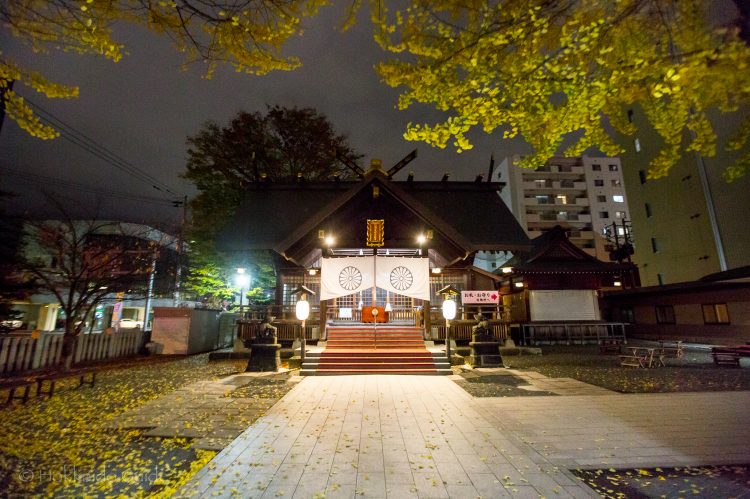
Hokkaido Shrine Tongu
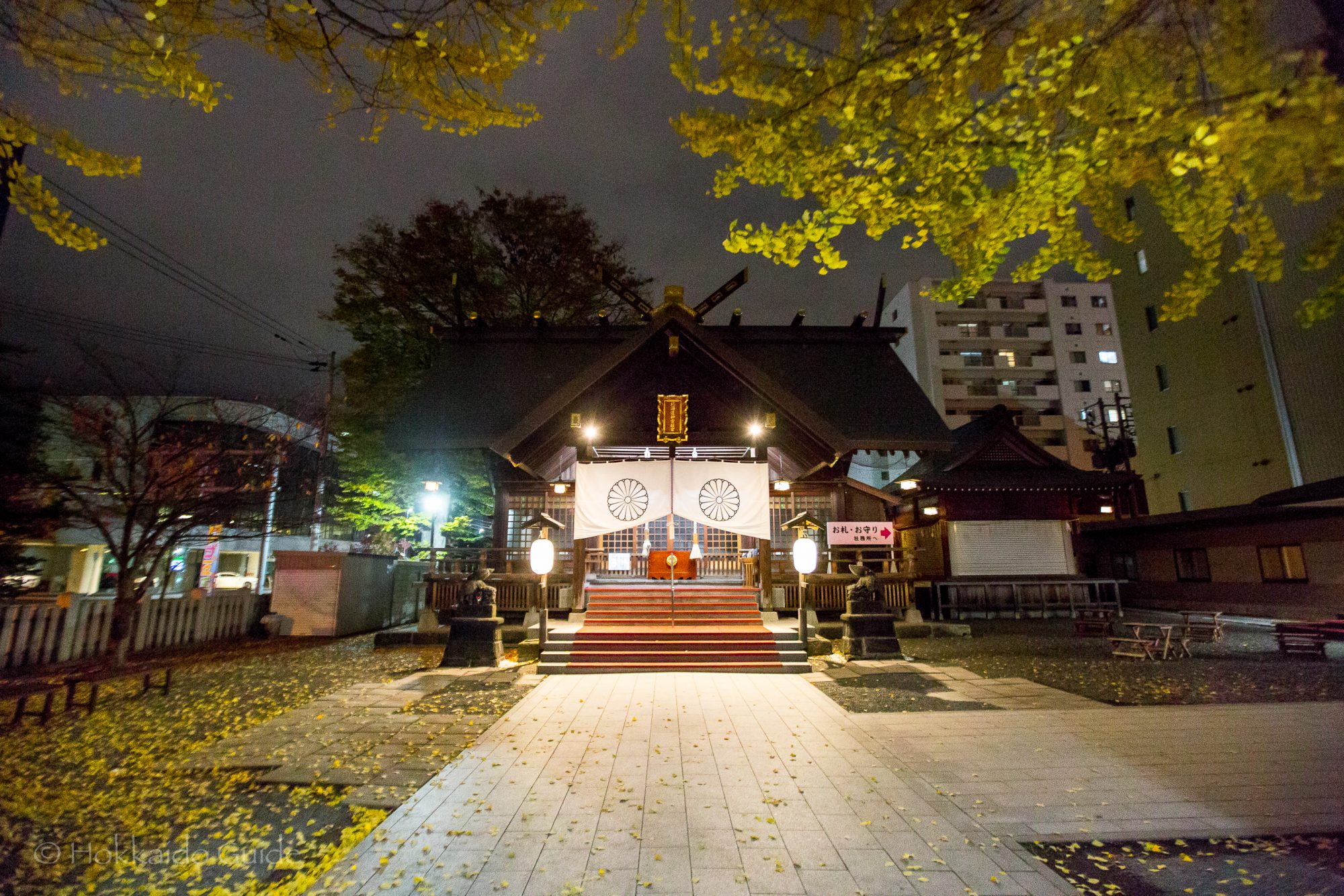
| Admission | Free |
| Closed | - |
| Contact | 011-221-1084 |
| Notes | Shinto Shrine, sightseeing spot, photography spot, available for weddings |
| Location / Getting There | Located in central Sapporo. It's a 2 minute walk from 'Bus Centre Mae' subway station (Orange line), take exit 6 and walk south one block. 〒060-0052 Hokkaido, Sapporo, Chuo Ward, Minami 2 Johigashi, 3 Chome−10 |
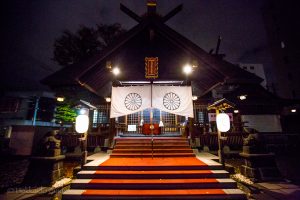 Hokkaido Shrine Tongu was built in 1891. It is not to be confused with Hokkaido Shrine, which can be found Maruyama Park, though the two are related. Hokkaido Shrine (also known as Sapporo Shrine) was built in Maruyama Park, but during the winter this proved to be difficult to access up in the hills. For this reason, Hokkaido Shrine Tongu was constructed closer to the center of town at that time, allowing easier access to the people. 130 years later, this shrine is still a convenient place to get to. It is not a far walk from Nijo Ichiba Seafood Market, or Sapporo TV Tower.
Hokkaido Shrine Tongu was built in 1891. It is not to be confused with Hokkaido Shrine, which can be found Maruyama Park, though the two are related. Hokkaido Shrine (also known as Sapporo Shrine) was built in Maruyama Park, but during the winter this proved to be difficult to access up in the hills. For this reason, Hokkaido Shrine Tongu was constructed closer to the center of town at that time, allowing easier access to the people. 130 years later, this shrine is still a convenient place to get to. It is not a far walk from Nijo Ichiba Seafood Market, or Sapporo TV Tower.
small 4 pic or two pic “gallery” here is desired. otherwise delete row by clicking upper right hand x symbol.
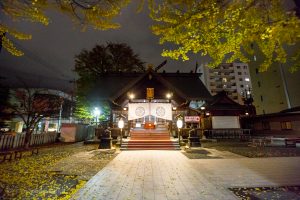 Smaller than its larger brother, this shrine is still a popular spot to visit in any season. It has a couple of nice cherry blossom tress at its entrance in the spring and the autumn leaves can be seen during the fall. The shrine serves as an inn for the portable shrine that comes out in June during the annual Sapporo Festival. This shrine can be hired for wedding ceremonies, with five different available. Seating ranges from 18 to 108 seats. To enquire about weddings, you can contact them on the number above. The shrine offers different prayers and blessings. They have health, family safety, car, construction safety, house blessings to name a few. New Year prayers are also available. There is a monthly festival on the 1st of every month. For other events, see below!
Smaller than its larger brother, this shrine is still a popular spot to visit in any season. It has a couple of nice cherry blossom tress at its entrance in the spring and the autumn leaves can be seen during the fall. The shrine serves as an inn for the portable shrine that comes out in June during the annual Sapporo Festival. This shrine can be hired for wedding ceremonies, with five different available. Seating ranges from 18 to 108 seats. To enquire about weddings, you can contact them on the number above. The shrine offers different prayers and blessings. They have health, family safety, car, construction safety, house blessings to name a few. New Year prayers are also available. There is a monthly festival on the 1st of every month. For other events, see below!
| January 1 | End of year festival (Saitansai) |
| January 14 | Kojinfuda Yaki Festival |
| February (the day before spring) | Spring, bean throwing festival (Setsubun) |
| May 1 | Memorial service for the deceased |
| June 14 | Tongu Shrine festival (Sapporo festival) |
| June 16 | Tongu Relocation Festival (Sapporo Festival) |
| June 30 | The Great Shrine of Kaetsu and the Family Safety Prayer Festival |
| September (the day before the third Sunday) | Tonnomiya evening festival |
| September (3rd Sunday) | Tongu annual festival |
| November 17 | Tongu Shrine Dedication Memorial Festival |
| December 31 | Exorcism of shrine run and night festival |
bottom slider gallery.
both upper gallery and slider galleries must be premade.
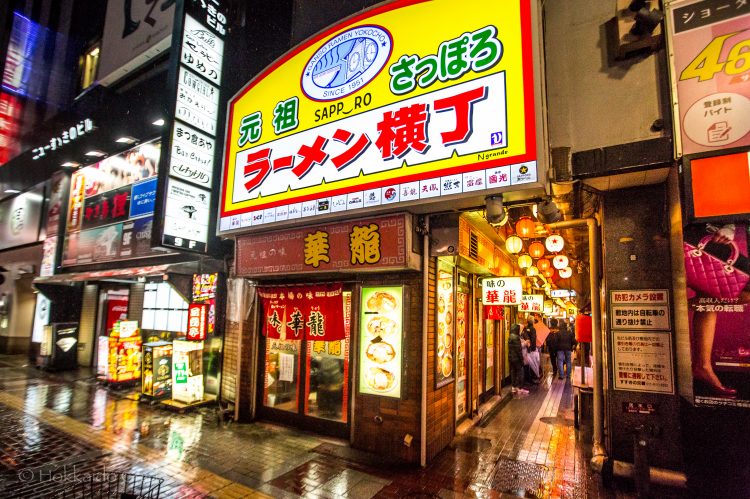
Ramen Alley

| Opening Hours | 11:30 - 3:00 |
| Closed | – |
| Contact | info@ganso-yokocho.com http://www.ganso-yokocho.com/ |
| Notes | Alley of 17 ramen restaurants, no parking |
| Location / Getting There | Located in Sapporo in Susukino district. This small street is just a 2 minute walk from Susukino subway station 3 Chome Minami 5 Jonishi, Chuo Ward, Sapporo, Hokkaido 064-0805 |
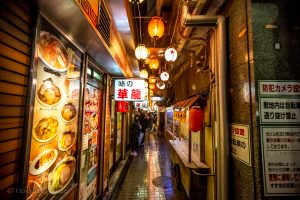 Ganso Sapporo Ramen Yokocho, better known as ‘Ramen Alley’ is a famous street that is often busy with hungry tourists and nationals alike. This small alley is well known for its long history and is also a popular sightseeing spot. It is the birthplace of ‘Miso Ramen’ and is also the first to put ‘Sapporo Ramen’ on the map and make it a nationwide name. Ramen Alley began way back in 1948 with the opening of eight ramen houses. There are now currently 17 different ramen restaurants that line the alley. These ramen stores are often busy with people lining up to get in.
Ganso Sapporo Ramen Yokocho, better known as ‘Ramen Alley’ is a famous street that is often busy with hungry tourists and nationals alike. This small alley is well known for its long history and is also a popular sightseeing spot. It is the birthplace of ‘Miso Ramen’ and is also the first to put ‘Sapporo Ramen’ on the map and make it a nationwide name. Ramen Alley began way back in 1948 with the opening of eight ramen houses. There are now currently 17 different ramen restaurants that line the alley. These ramen stores are often busy with people lining up to get in.
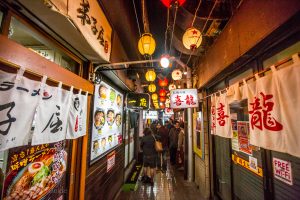 Each store has its own opening and closing times, usually from midday until late at night. The alley itself is open from lunch until the early hours in the morning. You will find the alley can get quite busy around midnight due to many patrons getting hungry after a night out drinking in Susukino. Every restaurant has its own unique style and distinct flavor. Many of the shops have an English menu to cater for the tourists. Ordering is easy and the staff are friendly. If you are in Sapporo, and looking for a good meal while experiencing a little history, look no further than Ramen Alley.
Each store has its own opening and closing times, usually from midday until late at night. The alley itself is open from lunch until the early hours in the morning. You will find the alley can get quite busy around midnight due to many patrons getting hungry after a night out drinking in Susukino. Every restaurant has its own unique style and distinct flavor. Many of the shops have an English menu to cater for the tourists. Ordering is easy and the staff are friendly. If you are in Sapporo, and looking for a good meal while experiencing a little history, look no further than Ramen Alley.
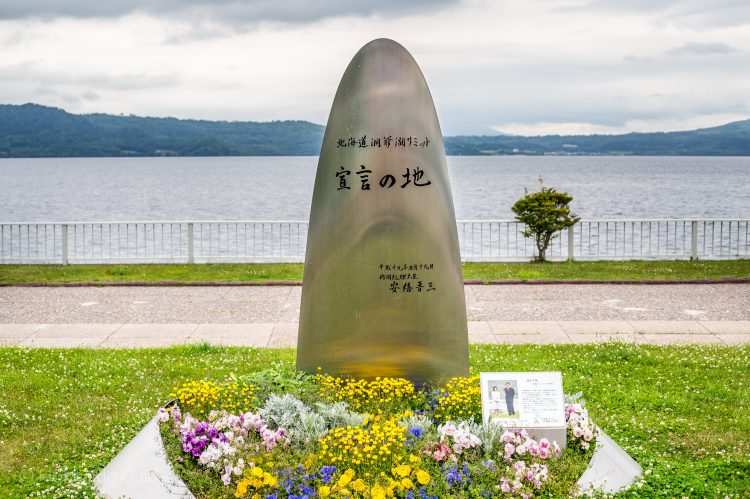
Toyako Summit Monument
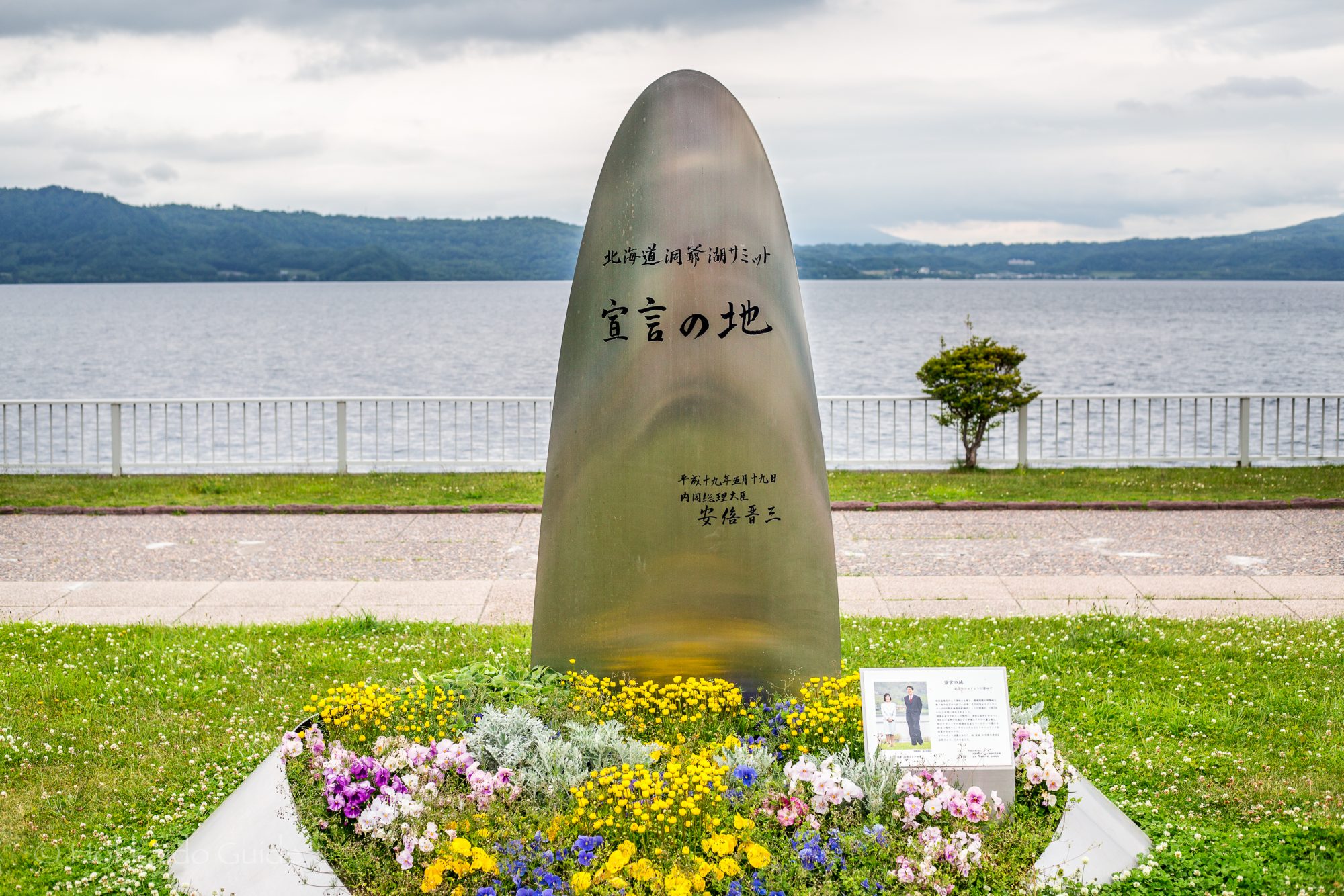
| Admission | Free |
| Opening Hours | Open 24 hours |
| Contact | - |
| Notes | Sightseeing spot , historical landmark, parking available |
| Location / Getting There | Located on the southern shore of Lake Toya. Toyakoonsen, Toyako, Abuta District, Hokkaido 049-5721 |
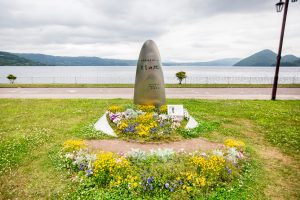 On July 7th to July 8th of 2008 the 34th G8 Summit was held at Lake Toya. This unofficial annual forum saw the leaders from Canada, the European Commission, France, Germany, Italy, Japan, Russia, The United Kingdom and the United States. The 34th G8 summit was the very first summit for British Prime Minister Gordon Brown, and the then Russian President, Dmitry Medvedev. The summit was also first and only summit for Japanese Prime Minister Yasuo Fukuda, and the last for U.S President George W. Bush. This was the first G8 summit ever held in Hokkaido.
On July 7th to July 8th of 2008 the 34th G8 Summit was held at Lake Toya. This unofficial annual forum saw the leaders from Canada, the European Commission, France, Germany, Italy, Japan, Russia, The United Kingdom and the United States. The 34th G8 summit was the very first summit for British Prime Minister Gordon Brown, and the then Russian President, Dmitry Medvedev. The summit was also first and only summit for Japanese Prime Minister Yasuo Fukuda, and the last for U.S President George W. Bush. This was the first G8 summit ever held in Hokkaido.
[the_ad id=”4264″]
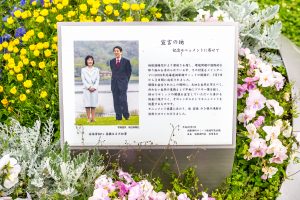 In July 2008, a monument decorated with flowers stands at the place where the Hokkaido Toyako Summit (Main Summit) was declared . The monument can be found in the Lake Toya Onsen district on the southern shoreline, and is part of the Funsui Hiroba Fountain Square, which is a nice promenade to walk along. The leaders stayed at the Windsor Hotel Toya Resort & Spa which can be found on top of the hill overlooking the lake. The summit was one of the largest ever with more than 2,000 delegates attending. Other delegates included leaders from African nations and Australia and South Korea.
In July 2008, a monument decorated with flowers stands at the place where the Hokkaido Toyako Summit (Main Summit) was declared . The monument can be found in the Lake Toya Onsen district on the southern shoreline, and is part of the Funsui Hiroba Fountain Square, which is a nice promenade to walk along. The leaders stayed at the Windsor Hotel Toya Resort & Spa which can be found on top of the hill overlooking the lake. The summit was one of the largest ever with more than 2,000 delegates attending. Other delegates included leaders from African nations and Australia and South Korea.
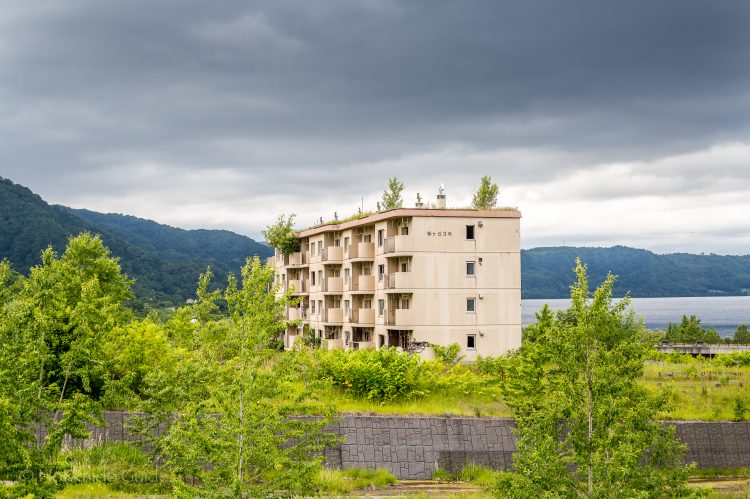
Konpira Ruins

| Admission | Free |
| Opening Hours | All day |
| Closed | - |
| Contact | 0142-76-2121 |
| Notes | Historical sight, photography spot, parking available |
| Location / Getting There | On the southern side of Lake Toya. The housing ruins are a 5 minute walk from the entrance. Toyakoonsen, Toyako, Abuta District, Hokkaido 049-5721 |
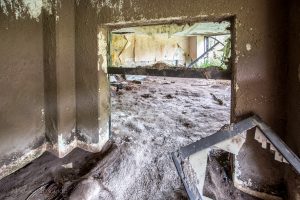 On March 27, 2000 Lake Toya was hit by volcanic activity and a number of large earthquakes causing some fault lines and the evacuation of the local residents. 4 days later, Mt. Usu erupted for the first time in 23 years. This followed with the eruption of Mt. Konpira which spewed forth volcanic rock and steaming mud towards the Toya Hot Spring district. This deadly mudslide swallowed bridges and houses in its wake. Now, a few of these buildings known as the Sakuragaoka Housing Ruins can be visited and you can get a first hand look at the destruction that was caused.
On March 27, 2000 Lake Toya was hit by volcanic activity and a number of large earthquakes causing some fault lines and the evacuation of the local residents. 4 days later, Mt. Usu erupted for the first time in 23 years. This followed with the eruption of Mt. Konpira which spewed forth volcanic rock and steaming mud towards the Toya Hot Spring district. This deadly mudslide swallowed bridges and houses in its wake. Now, a few of these buildings known as the Sakuragaoka Housing Ruins can be visited and you can get a first hand look at the destruction that was caused.
[the_ad id=”4264″]
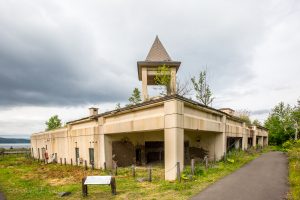 The outcome included the destruction of 234 homes and damage to a further 217. Fortunately, due to the evacuations there were no casualties. These buildings are fascinating to walk around and to peer into past events. In the quiet of the countryside, they serve as a spooky reminder to the power of mother nature. The path to the building ruins is easy to follow and it is recommended to follow it further up to the Ari-kun crater. Since the eruption, safeguards have been put in place to help protect the Toya Hot Spring district, including sandbanks plus steel barriers. These can be seen along the way.
The outcome included the destruction of 234 homes and damage to a further 217. Fortunately, due to the evacuations there were no casualties. These buildings are fascinating to walk around and to peer into past events. In the quiet of the countryside, they serve as a spooky reminder to the power of mother nature. The path to the building ruins is easy to follow and it is recommended to follow it further up to the Ari-kun crater. Since the eruption, safeguards have been put in place to help protect the Toya Hot Spring district, including sandbanks plus steel barriers. These can be seen along the way.
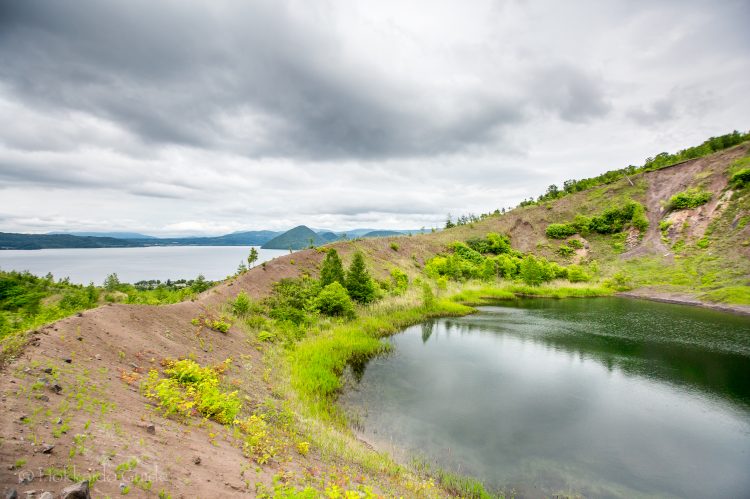
Ari-kun Crater & Walking Trails
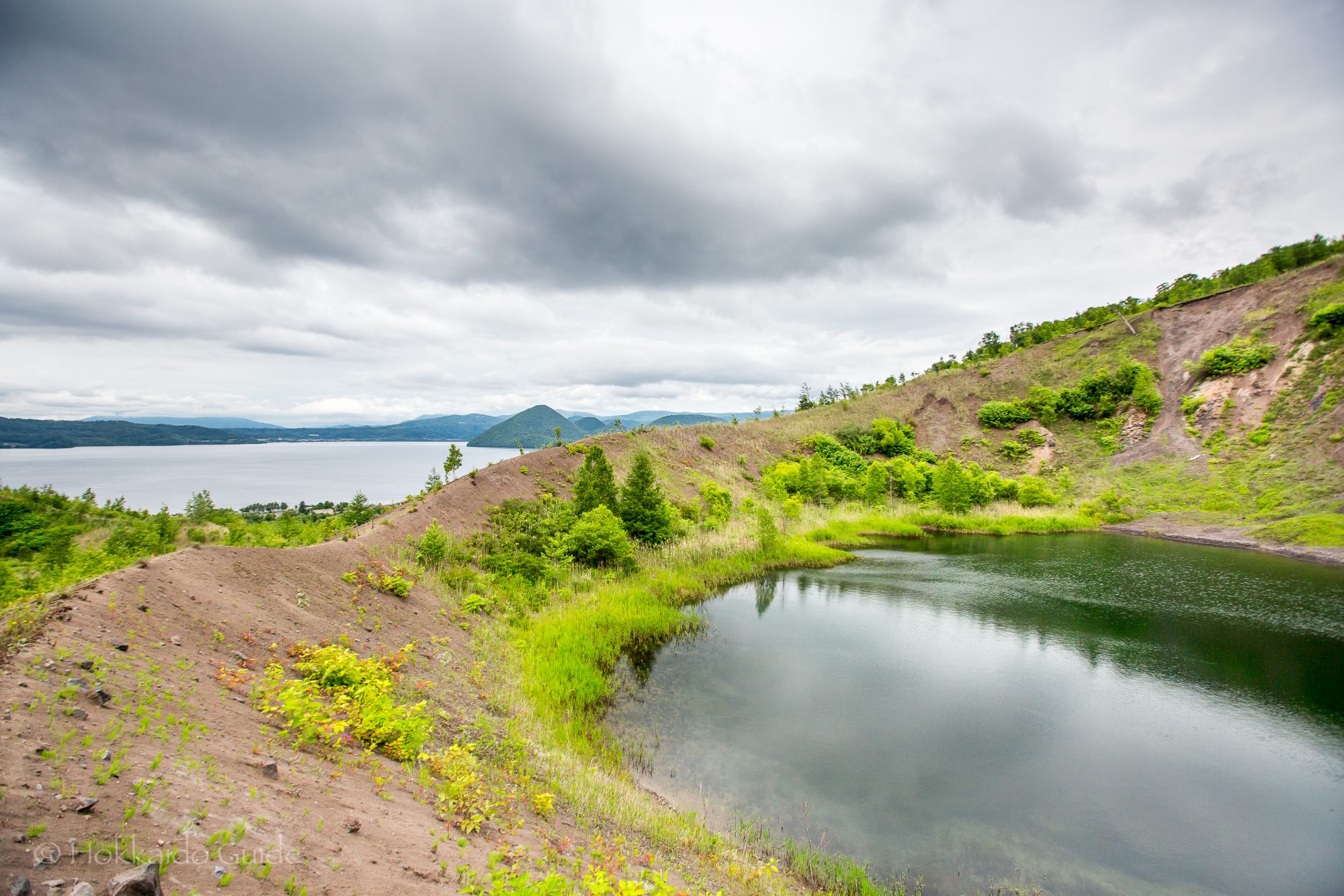
| Admission | Free |
| Opening Hours | All day |
| Closed | - |
| Contact | - |
| Notes | Light walking trails, photography spot, parking available |
| Location / Getting There | On the southern side of Lake Toya. The crater itself is a 15 minute walk from the entrance. Toyakoonsen, Toyako, Abuta District, Hokkaido 049-5721 |
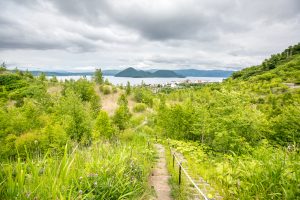 Lake Toya, being a caldera volcanic lake, is surrounded by land that has seen its fair share of volcanic activity. The area is home to a few craters, half a dozen monuments related to the ever shifting geography, and the active volcano Mt. Usu! Among the craters formed over the the southern area of Lake Toya there are some walking trails that make for a nice hike taking in the surrounding landscape. The entrance to the path, called the ‘Kompirayama Walking Trail’ can be found behind the Toyako Visitor Centre. It is also here you can find the parking lot.
Lake Toya, being a caldera volcanic lake, is surrounded by land that has seen its fair share of volcanic activity. The area is home to a few craters, half a dozen monuments related to the ever shifting geography, and the active volcano Mt. Usu! Among the craters formed over the the southern area of Lake Toya there are some walking trails that make for a nice hike taking in the surrounding landscape. The entrance to the path, called the ‘Kompirayama Walking Trail’ can be found behind the Toyako Visitor Centre. It is also here you can find the parking lot.
[the_ad id=”4264″]
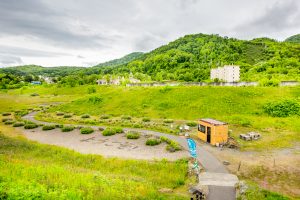 The walking trails are numbered from one to seven. You can find a map of these trails at the small hut at the base of the stairs that lead to start of the hike. The walk leads up into the hills where you can view the Ari-kun crater. Simply follow the sign mark T-7 and this will lead you to the crater. Along the way, you can see the steel barriers that were erected to protect the town from the hot mudflow after the 1977 eruptions. The trail is a circuit that also leads past the Sakuragaoka Housing Complex Ruins. Not only can you enjoy the views, but you also learn about the interesting history of the impact of the volcanoes in the area!
The walking trails are numbered from one to seven. You can find a map of these trails at the small hut at the base of the stairs that lead to start of the hike. The walk leads up into the hills where you can view the Ari-kun crater. Simply follow the sign mark T-7 and this will lead you to the crater. Along the way, you can see the steel barriers that were erected to protect the town from the hot mudflow after the 1977 eruptions. The trail is a circuit that also leads past the Sakuragaoka Housing Complex Ruins. Not only can you enjoy the views, but you also learn about the interesting history of the impact of the volcanoes in the area!

